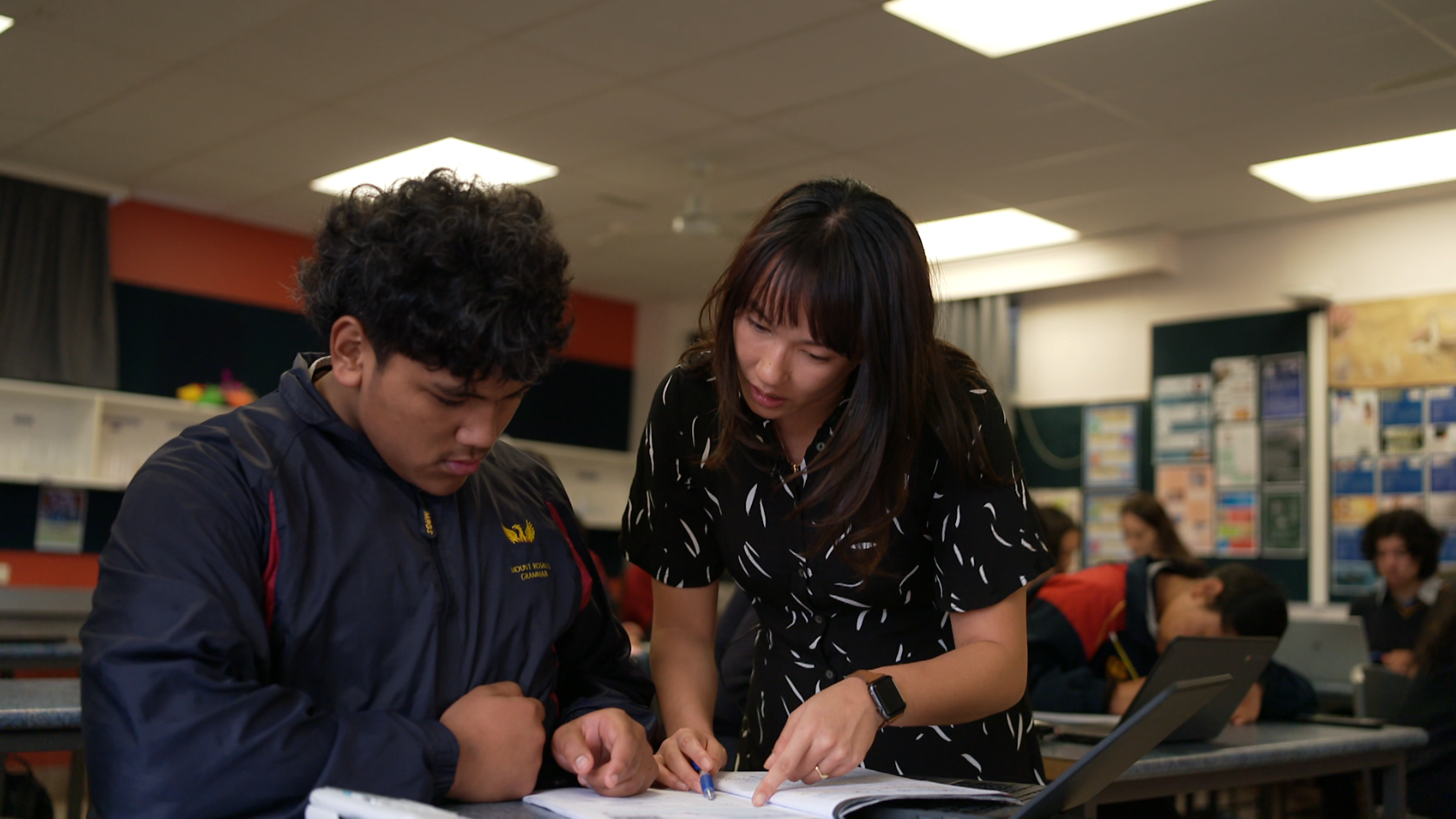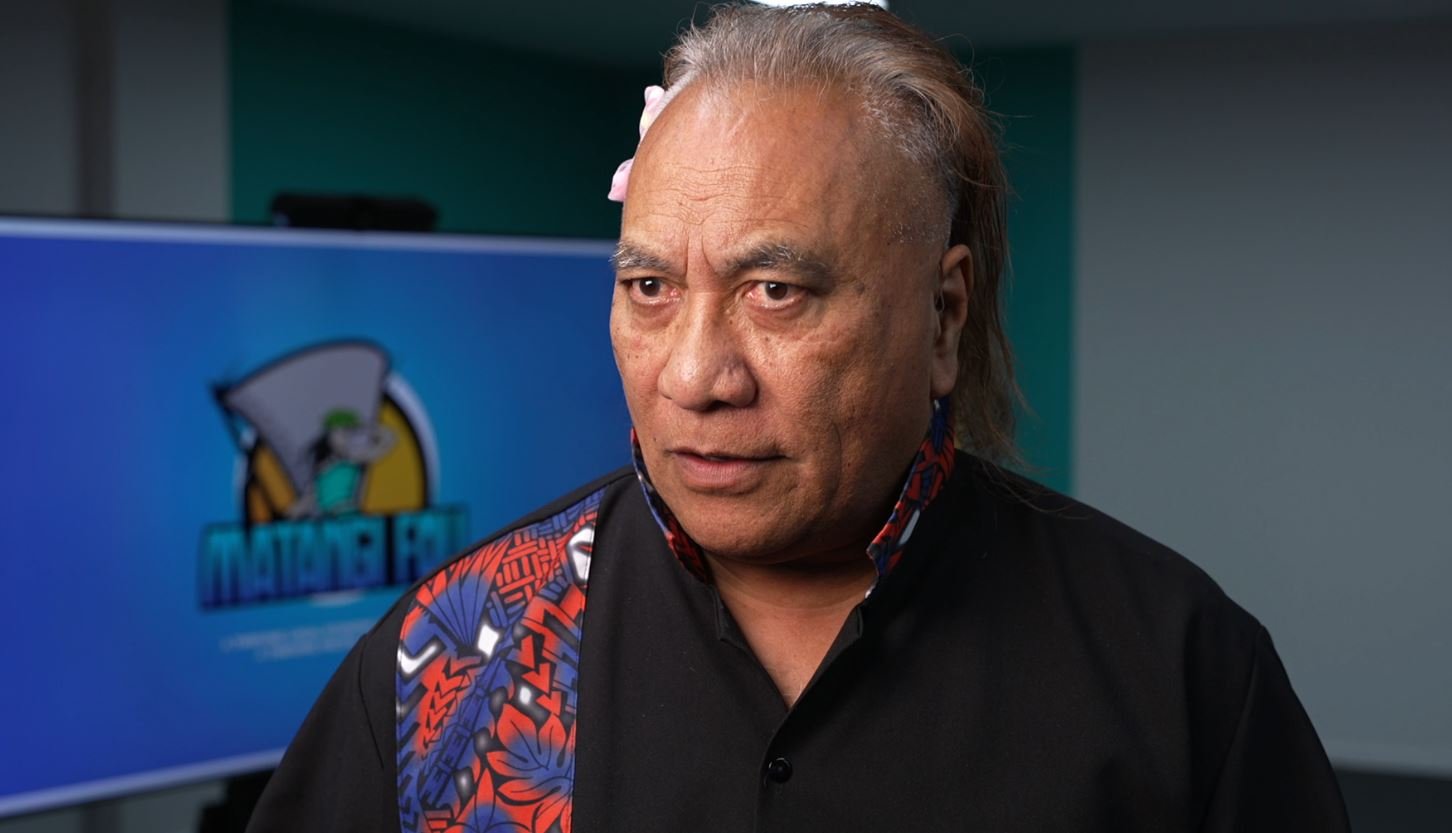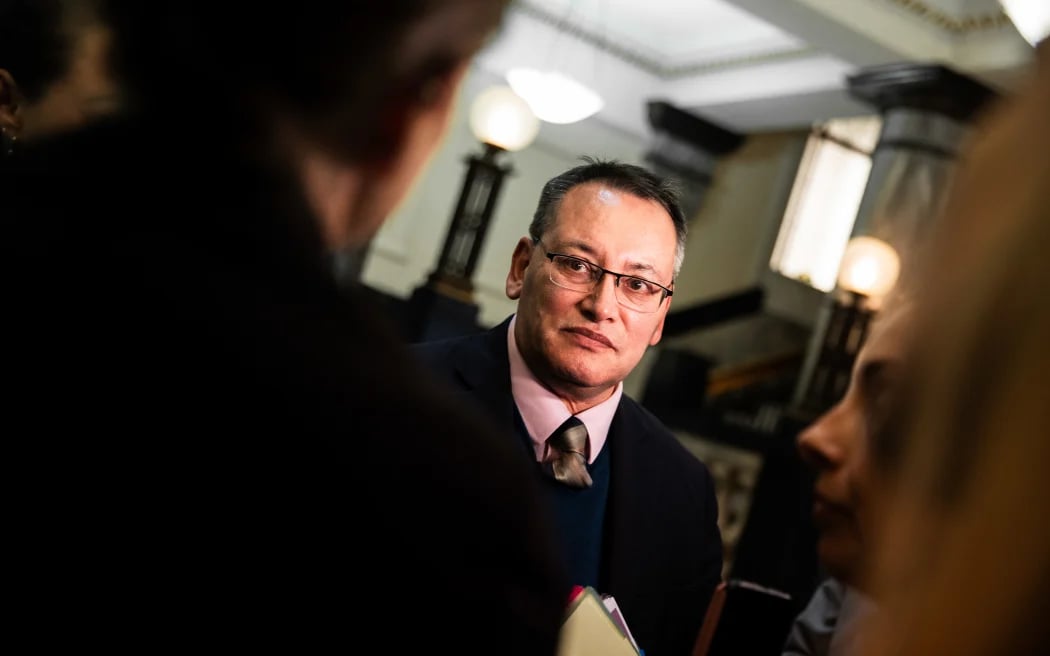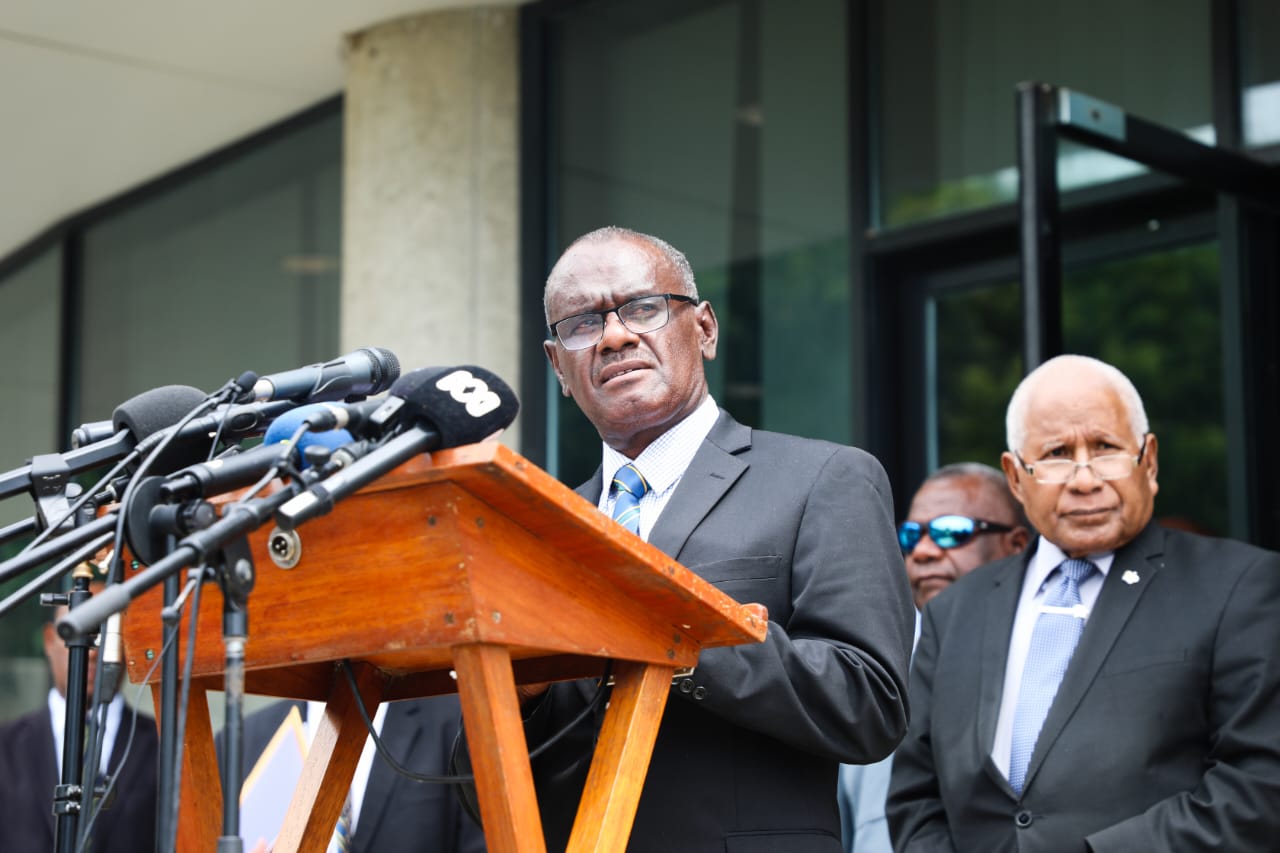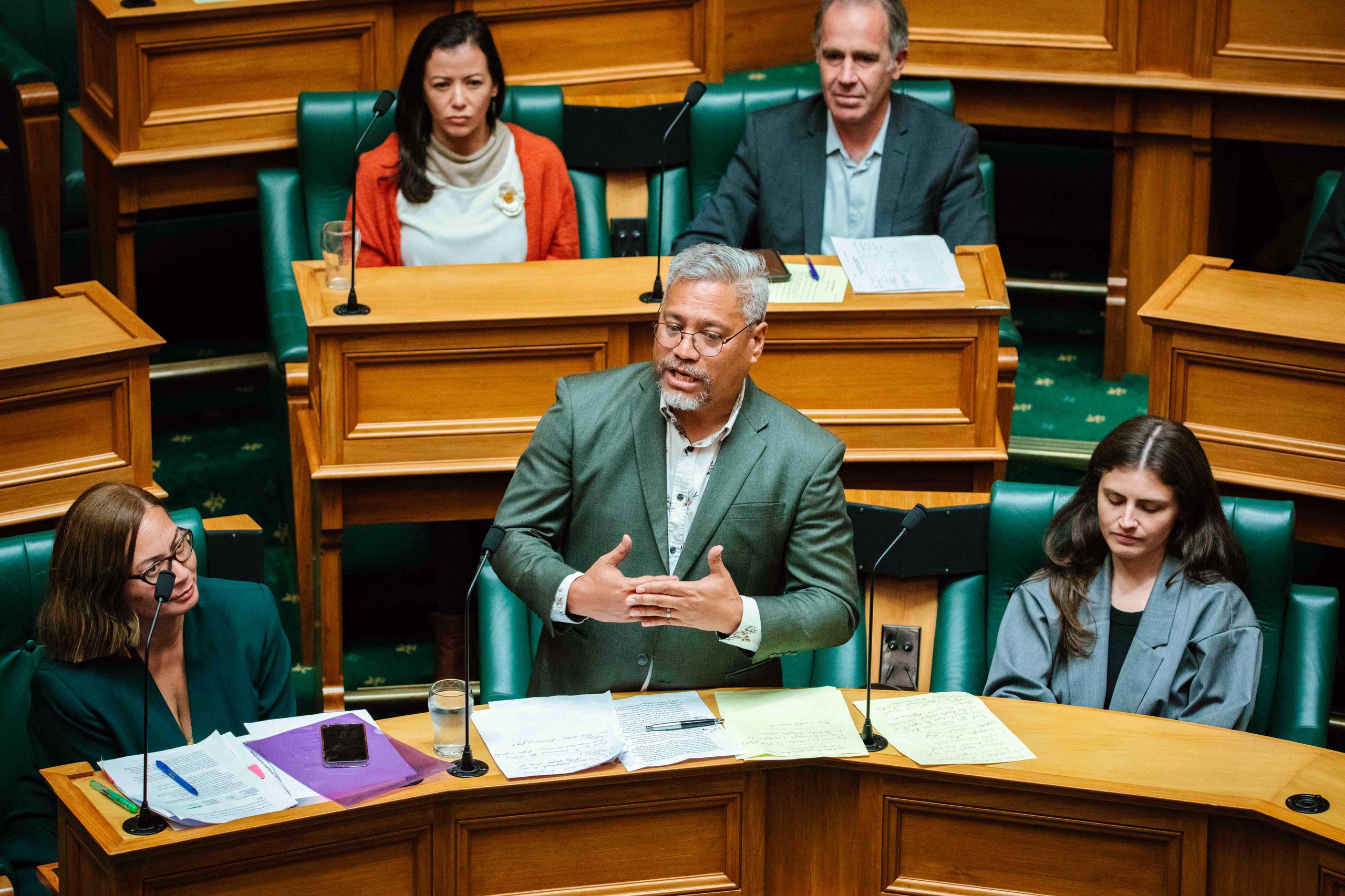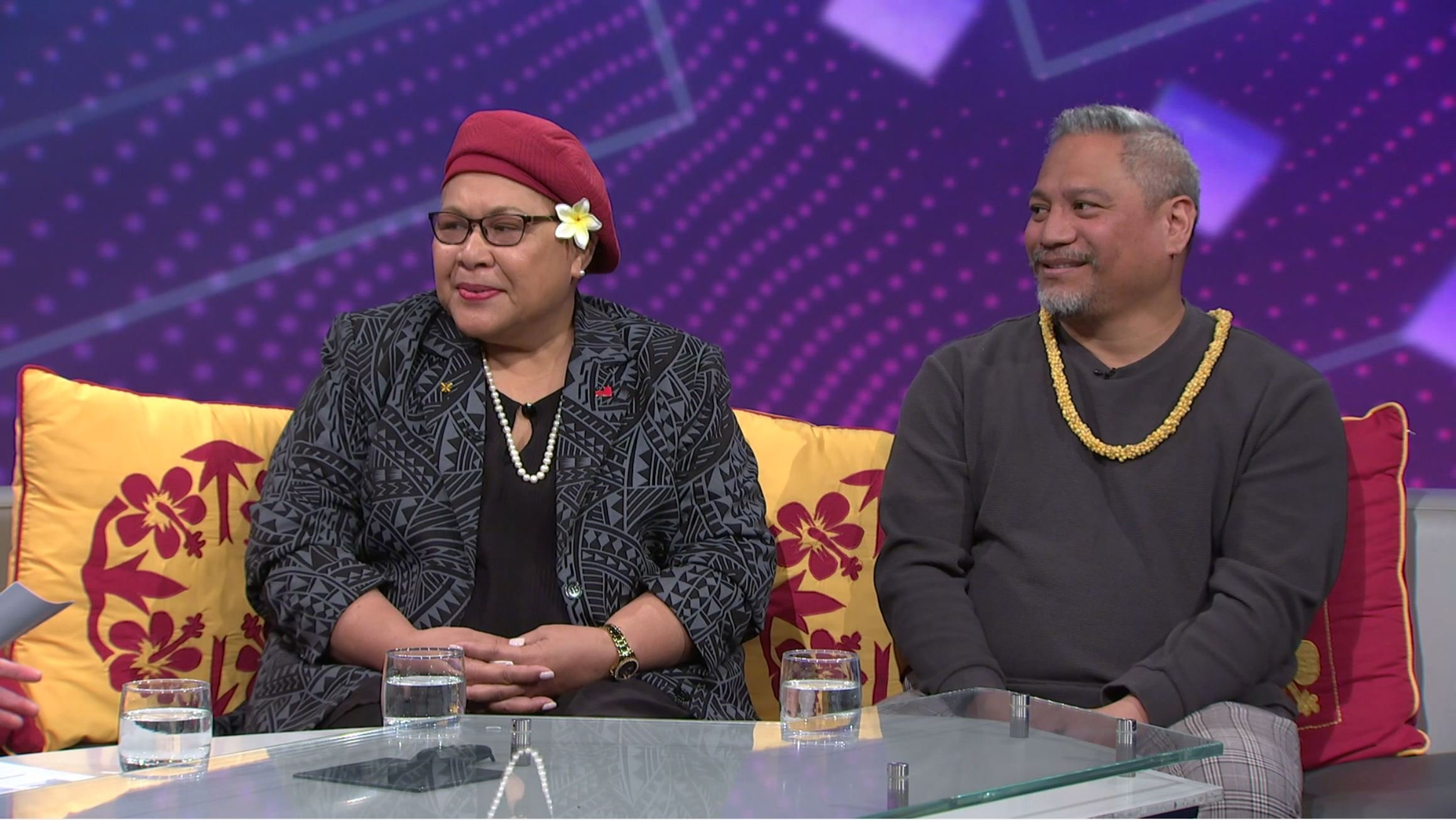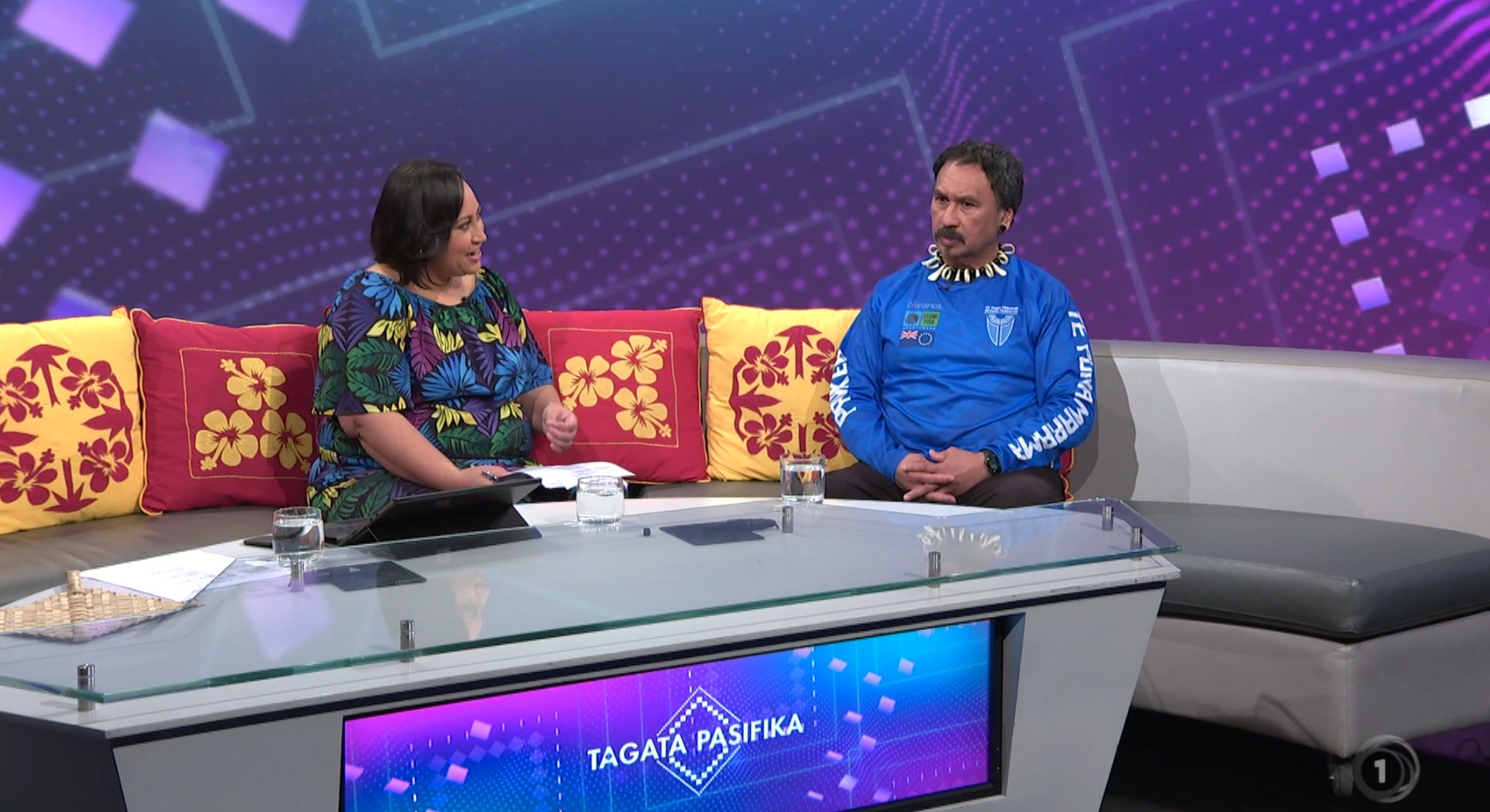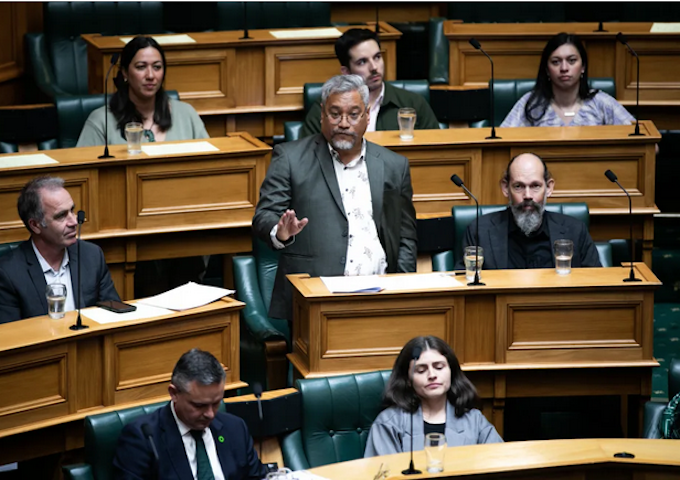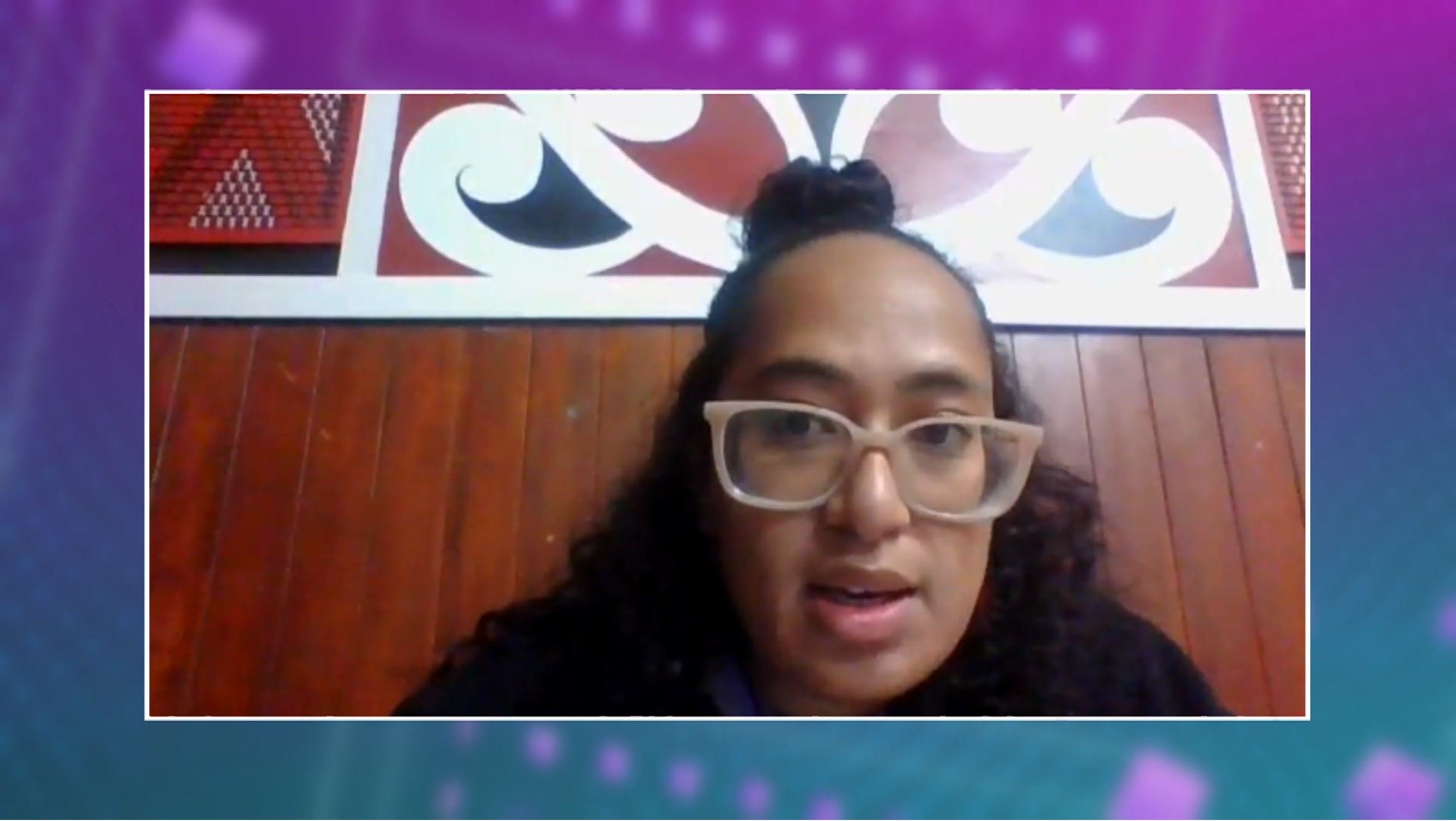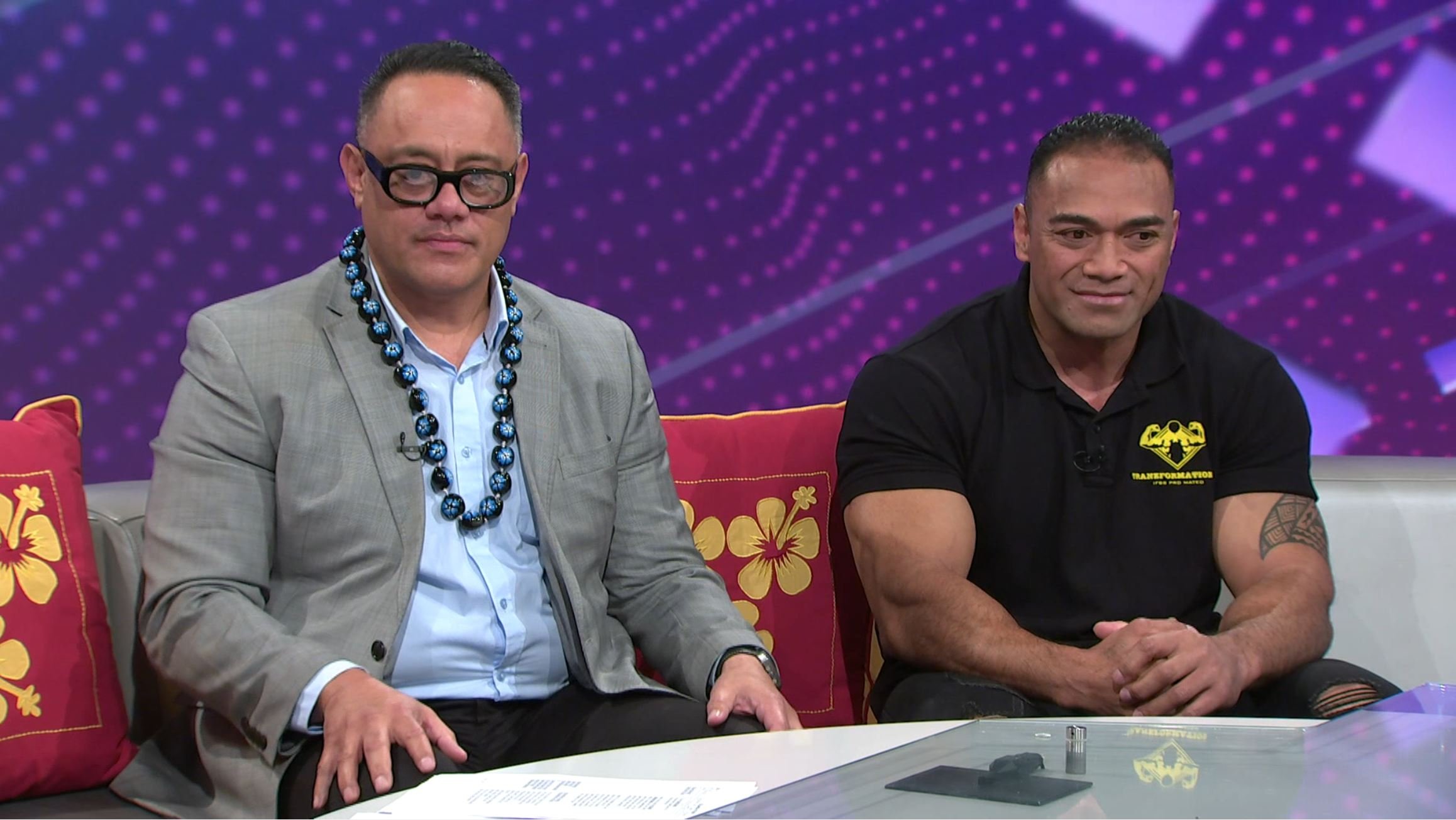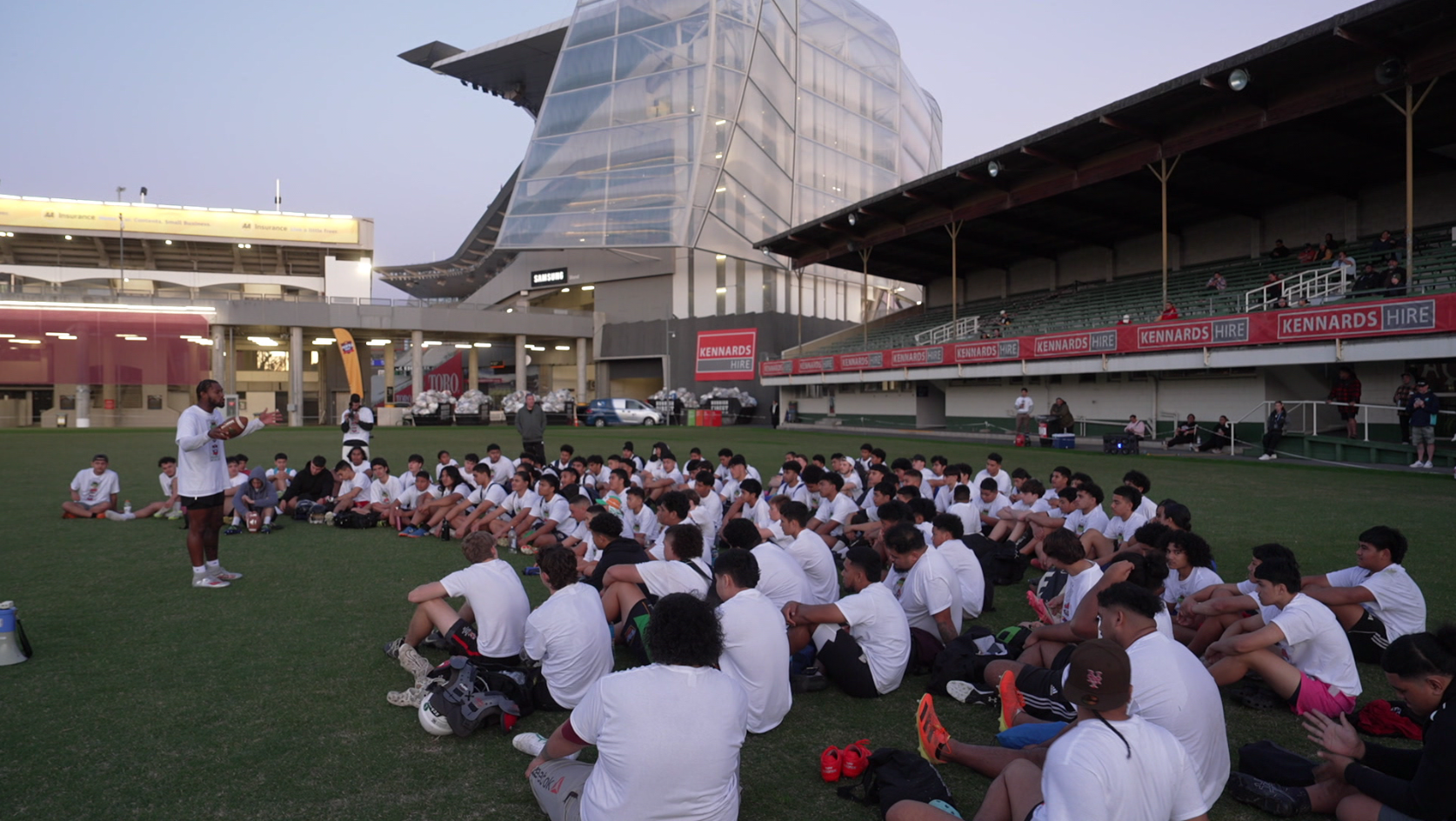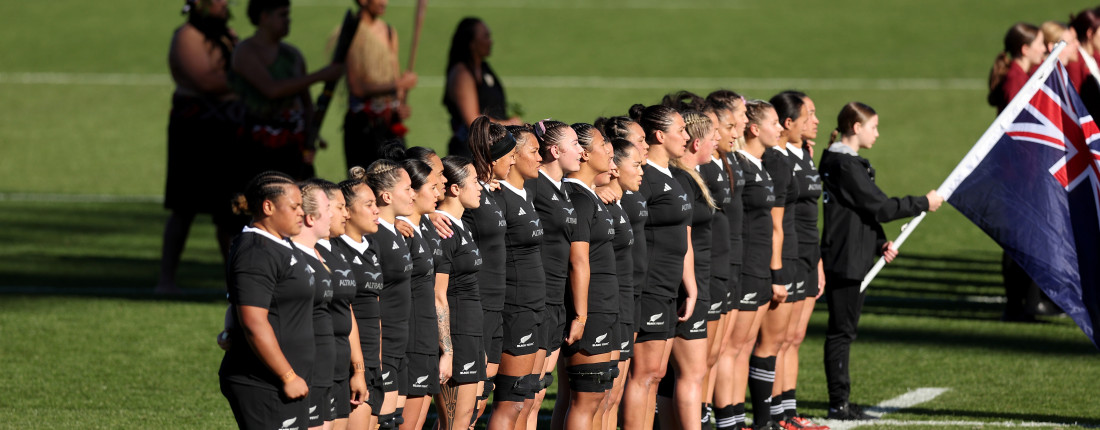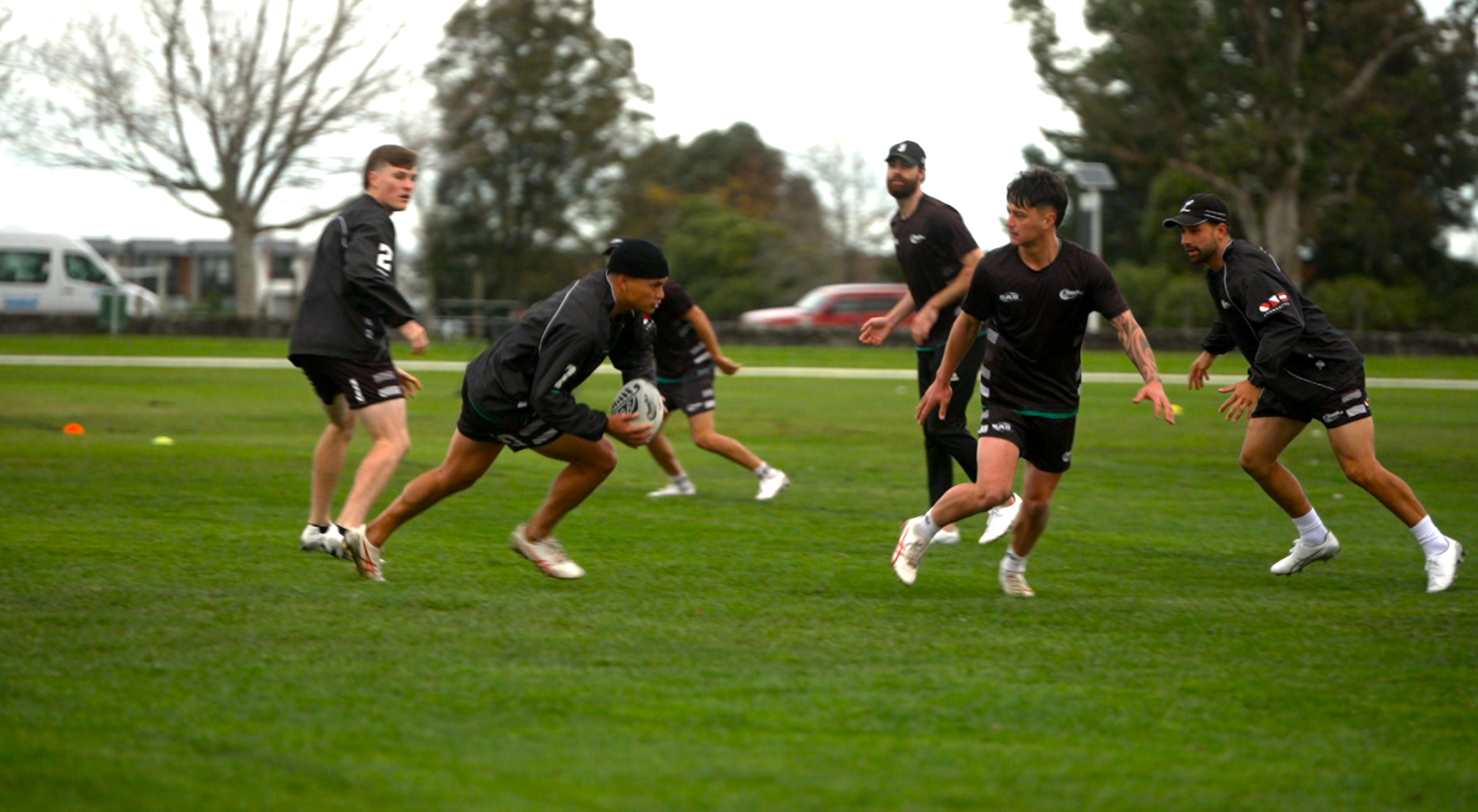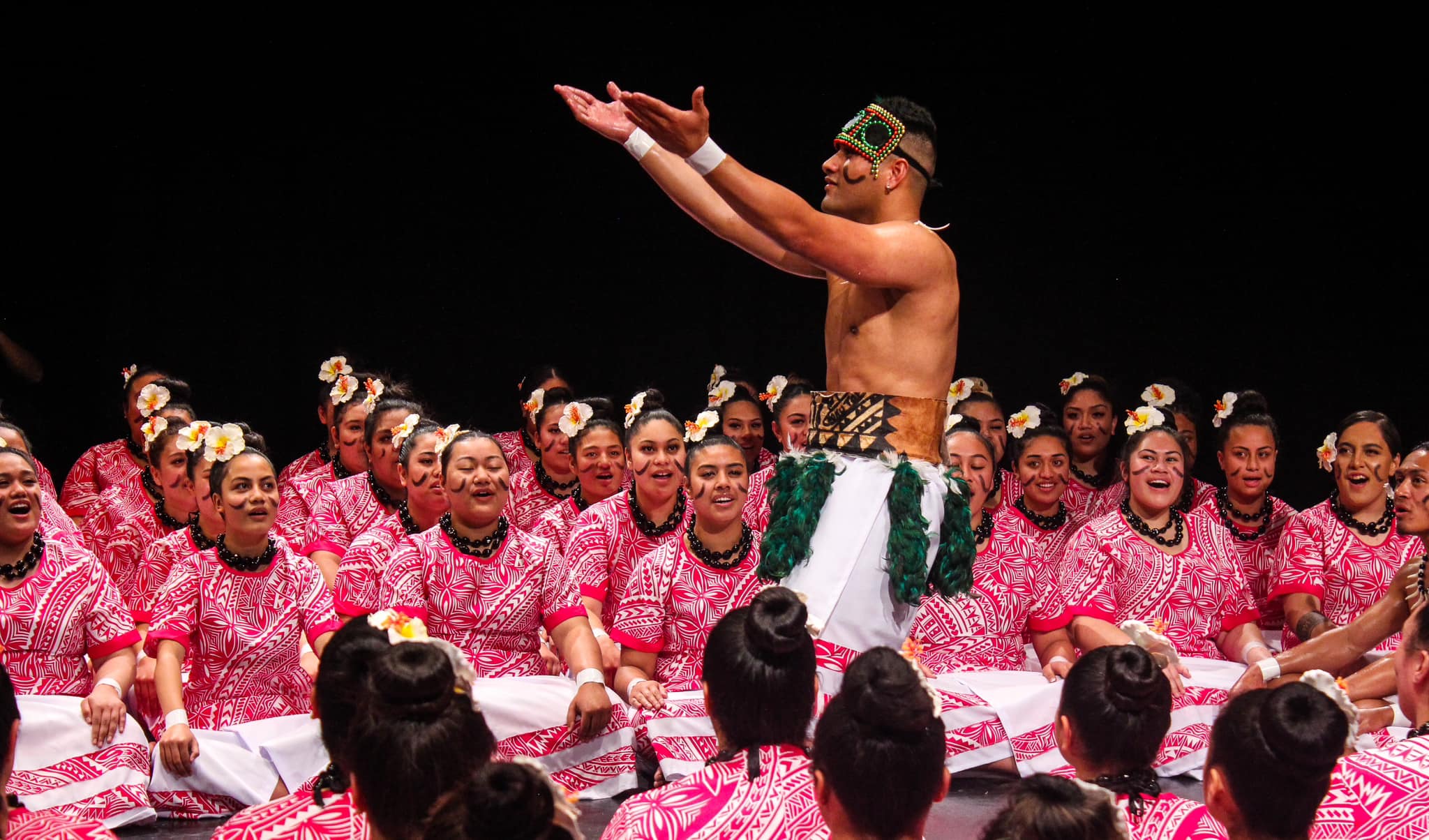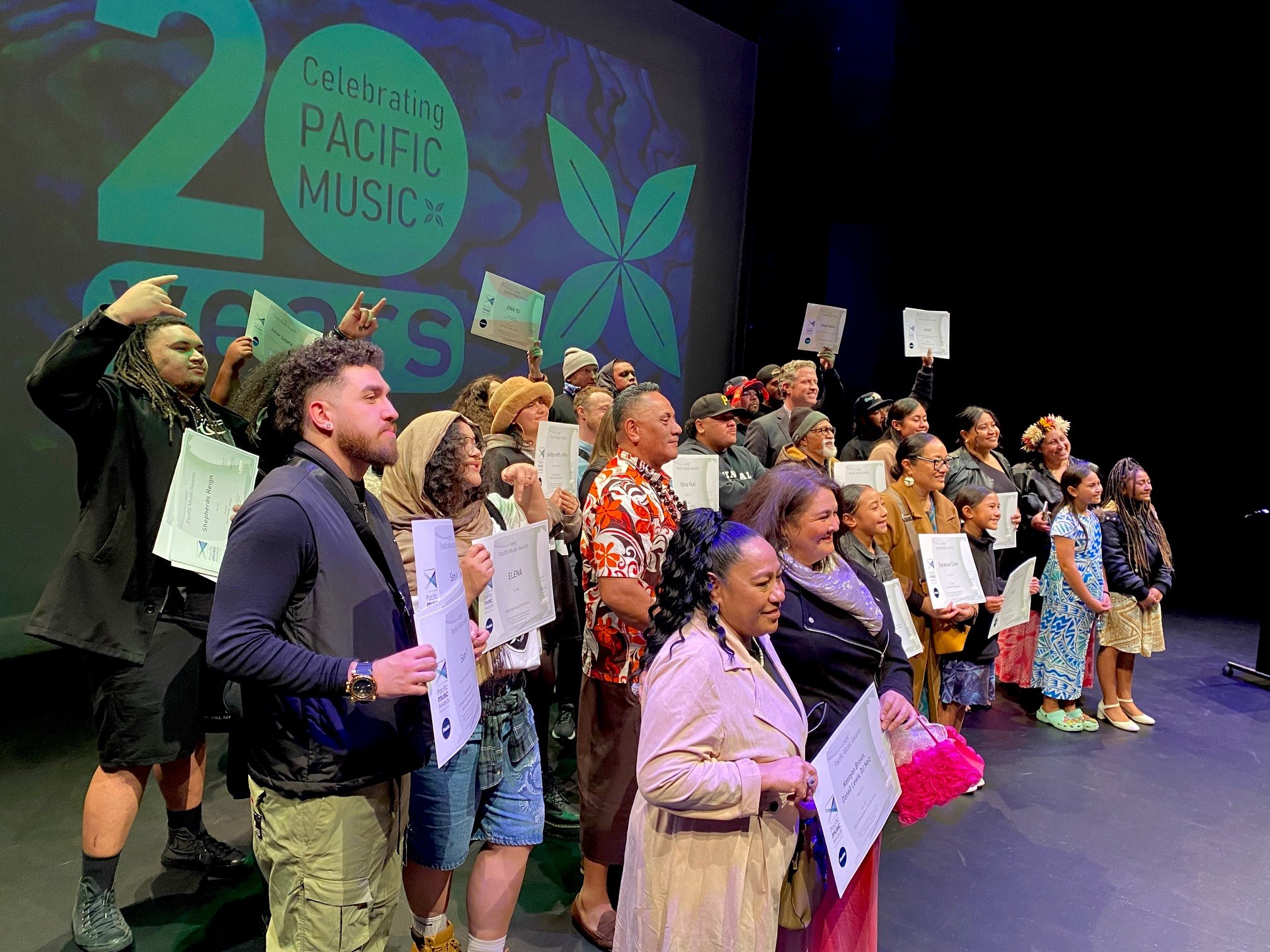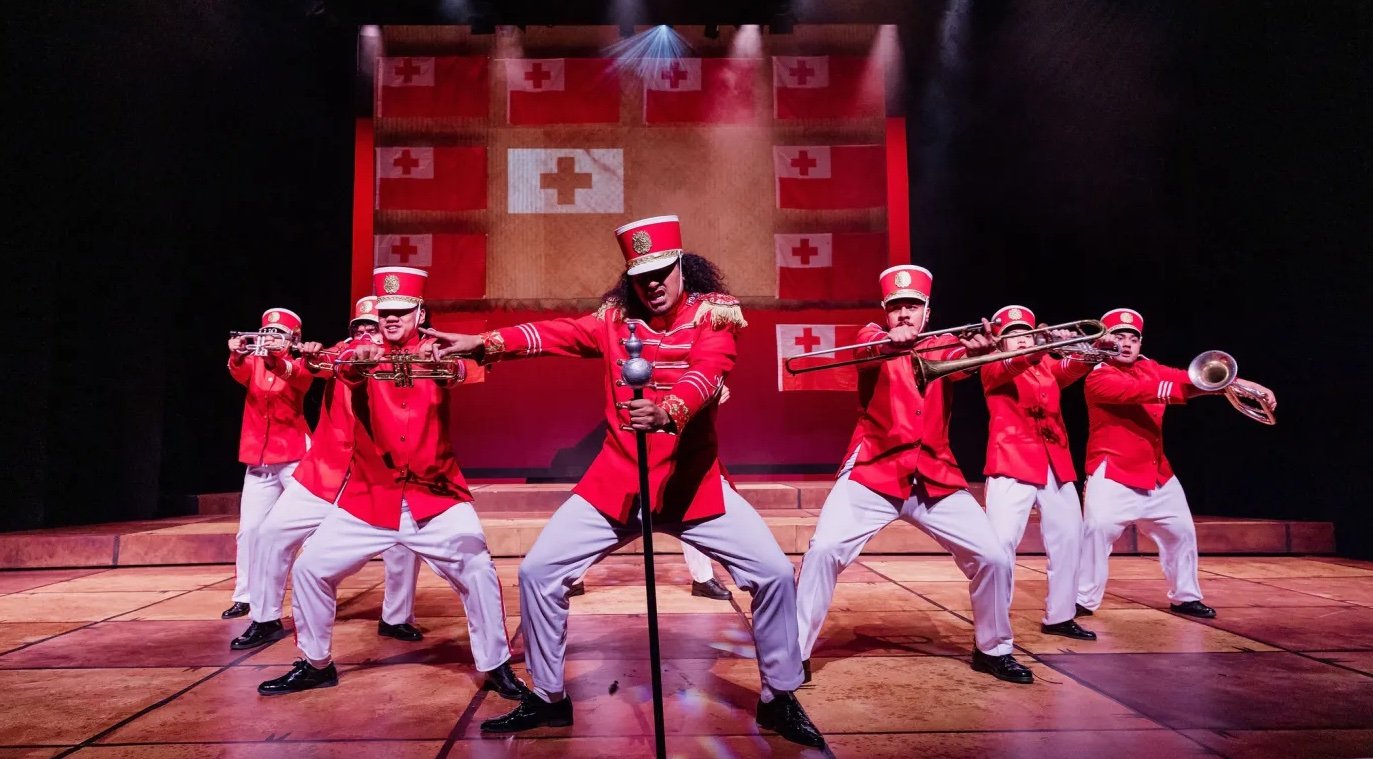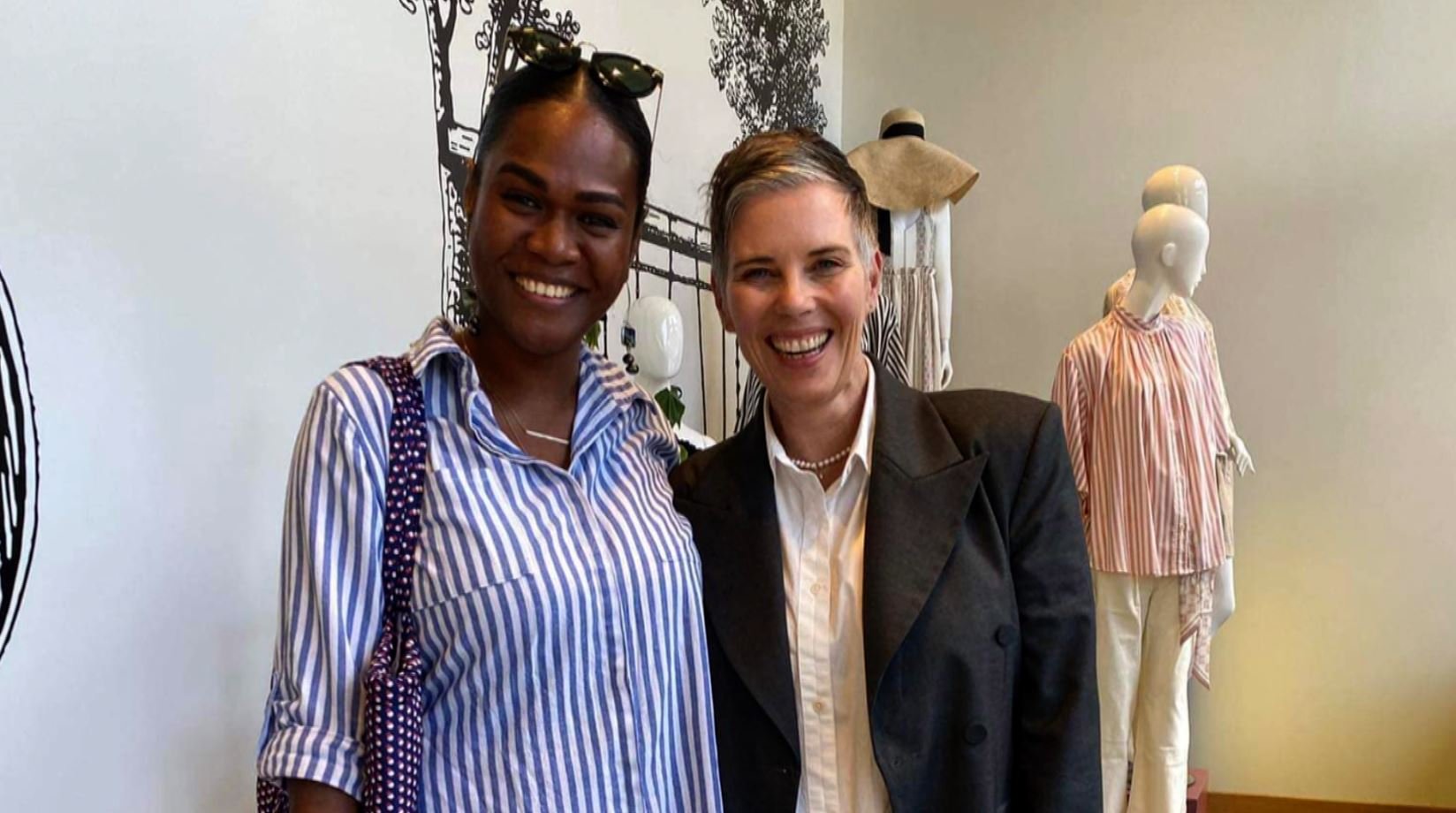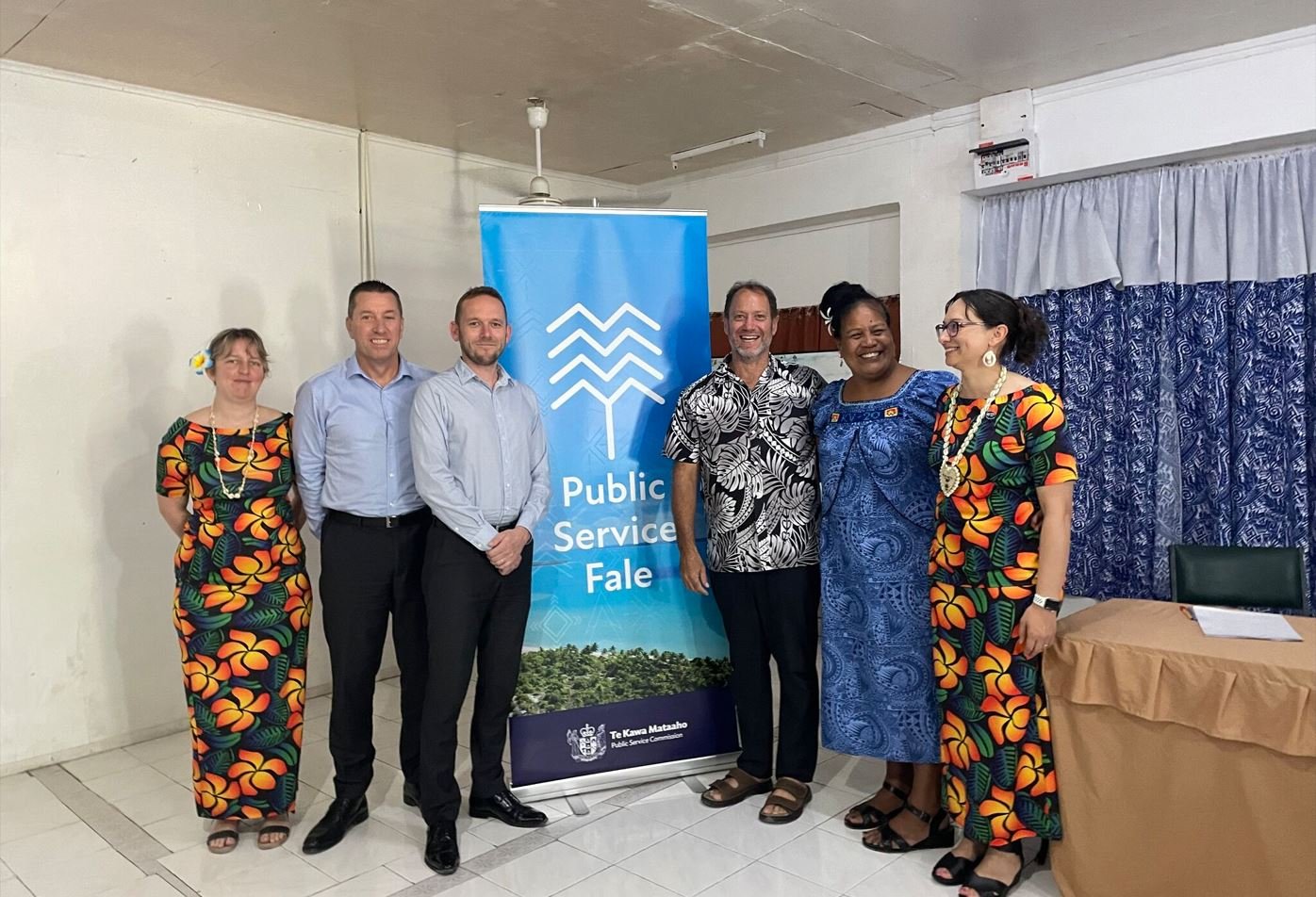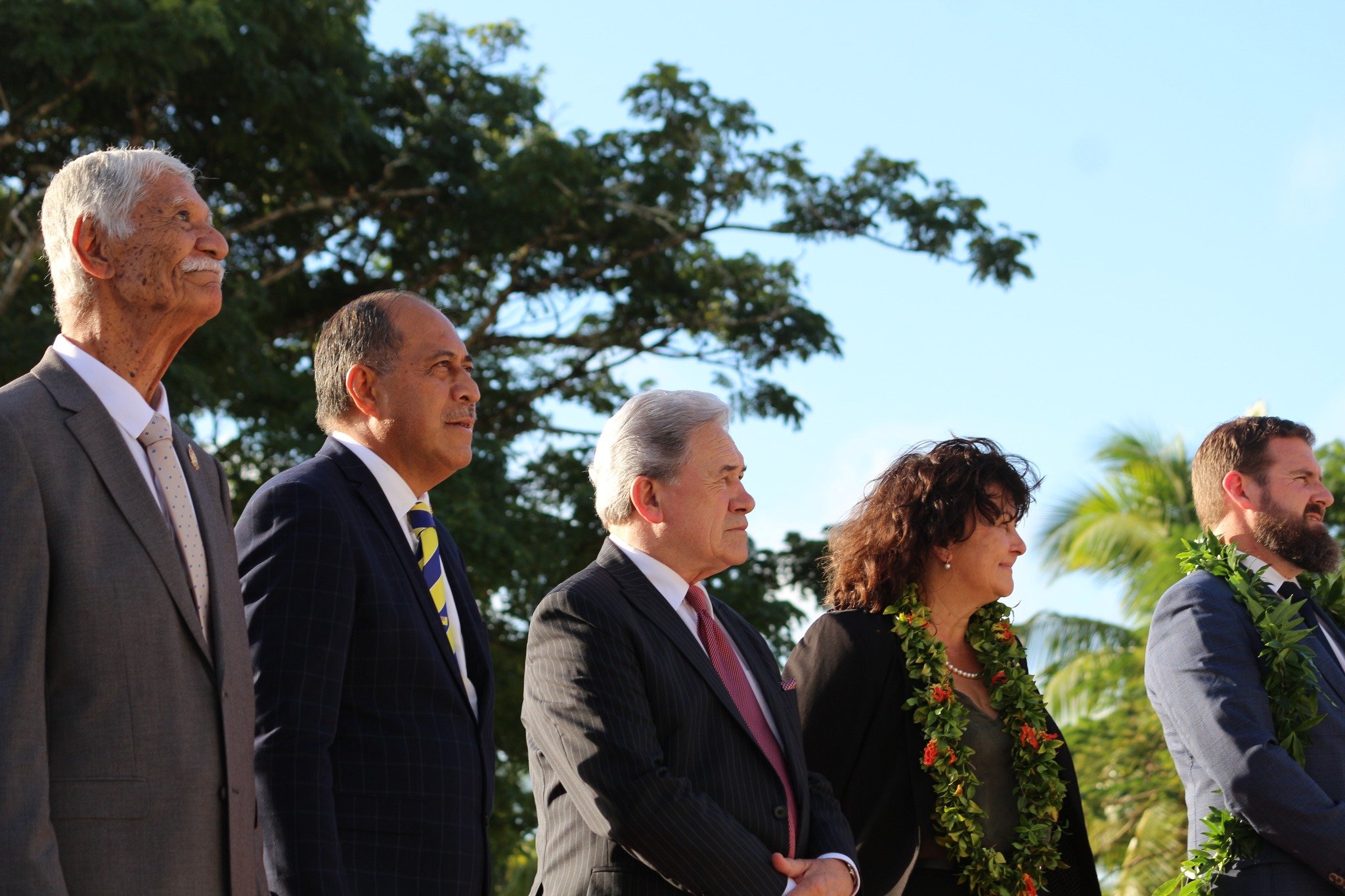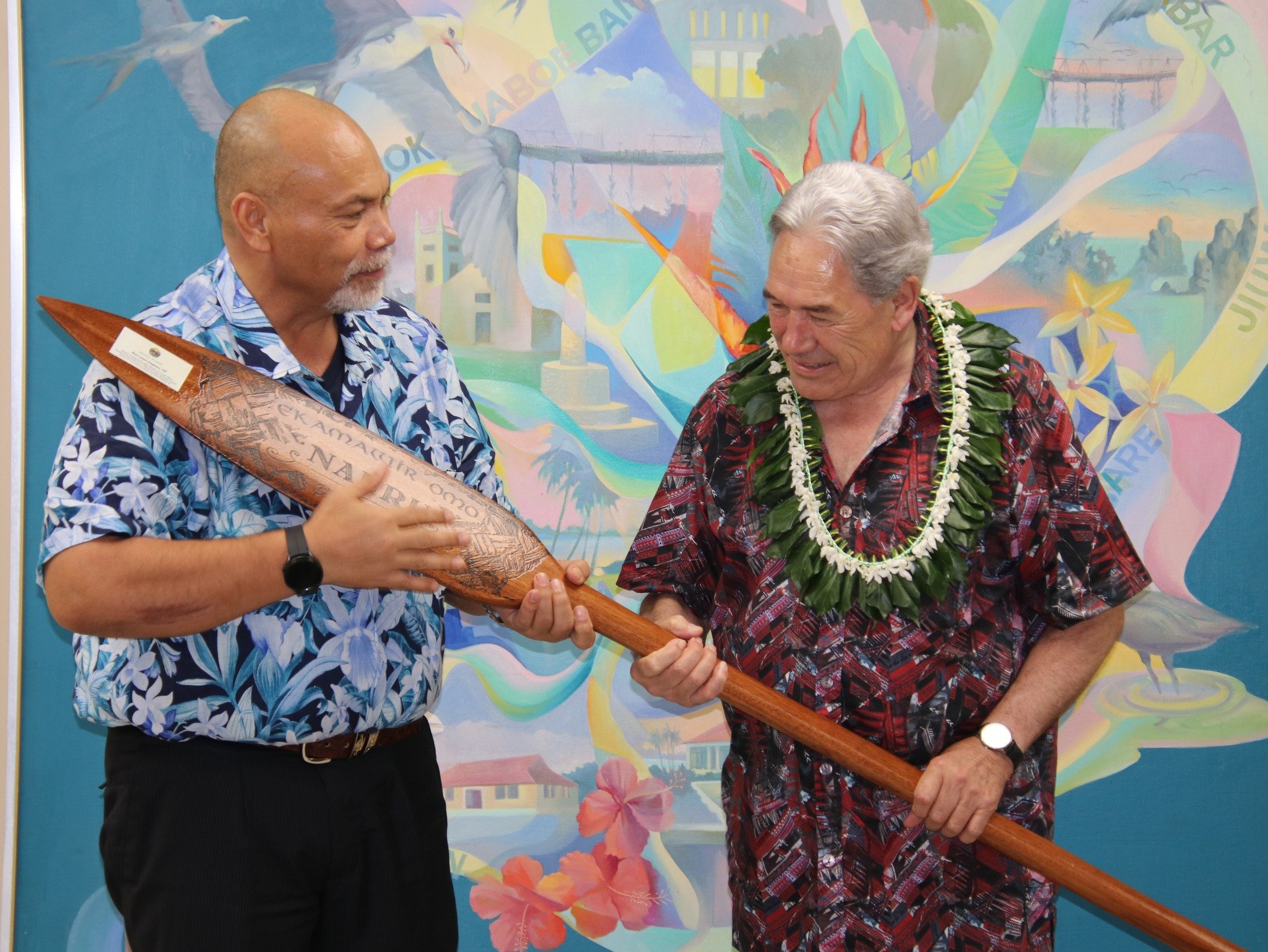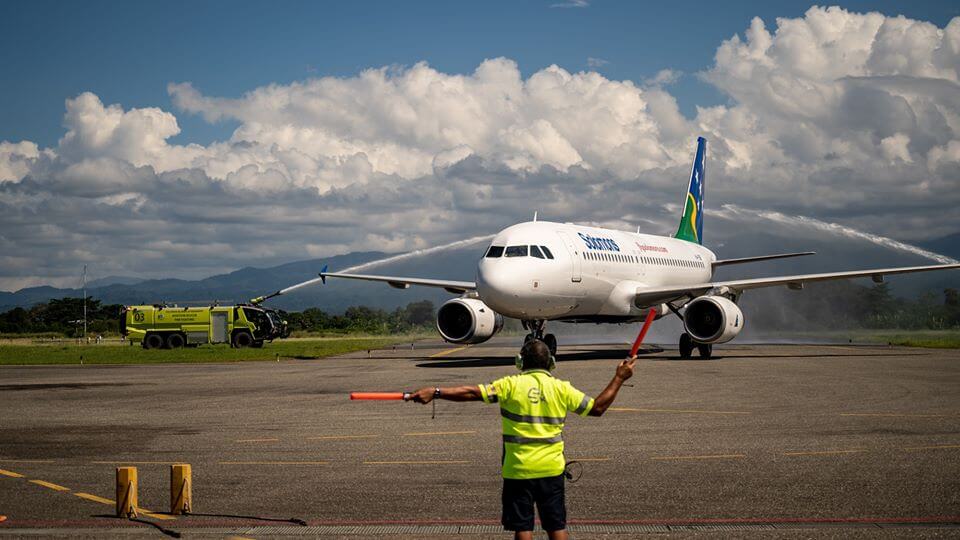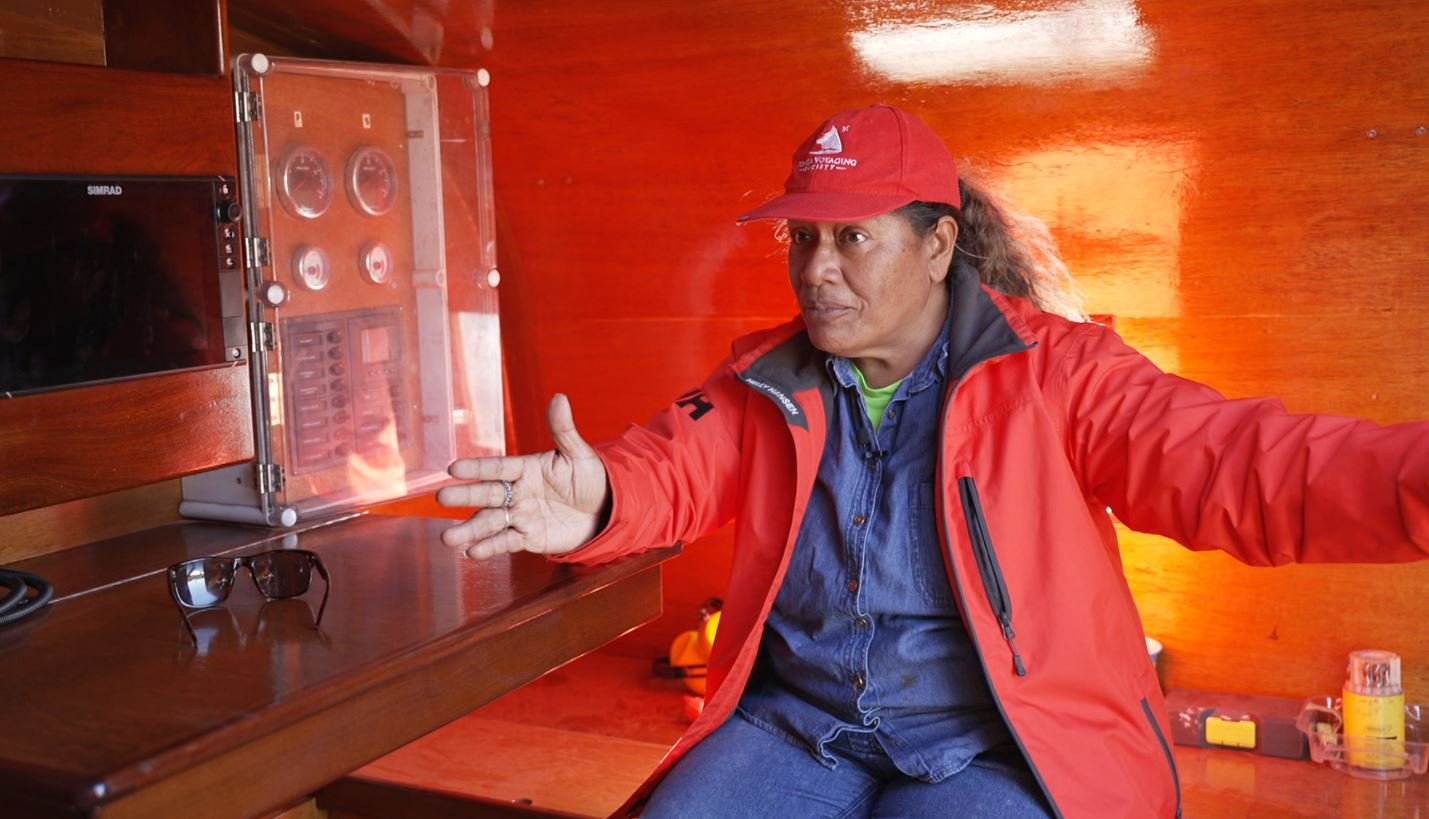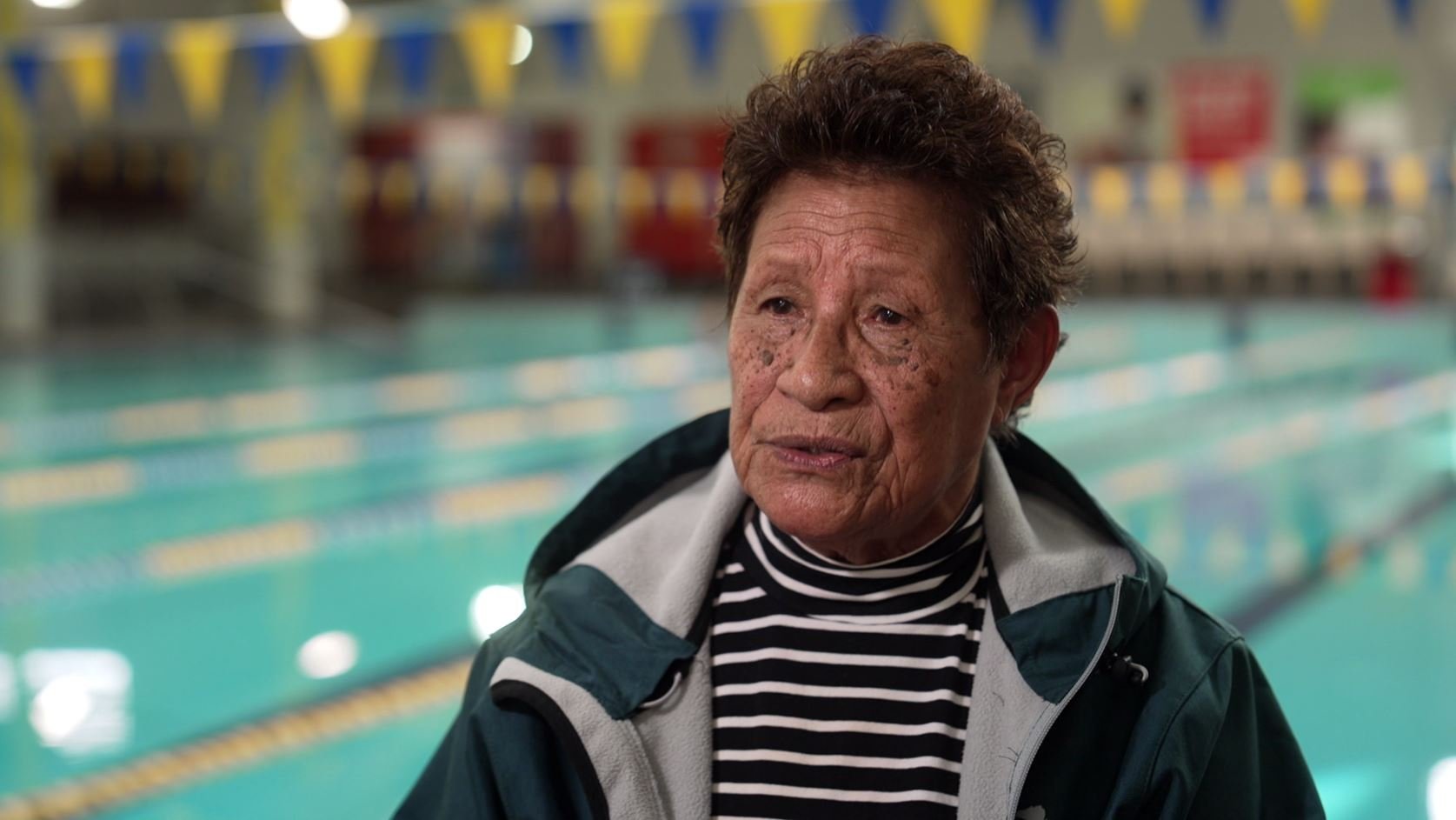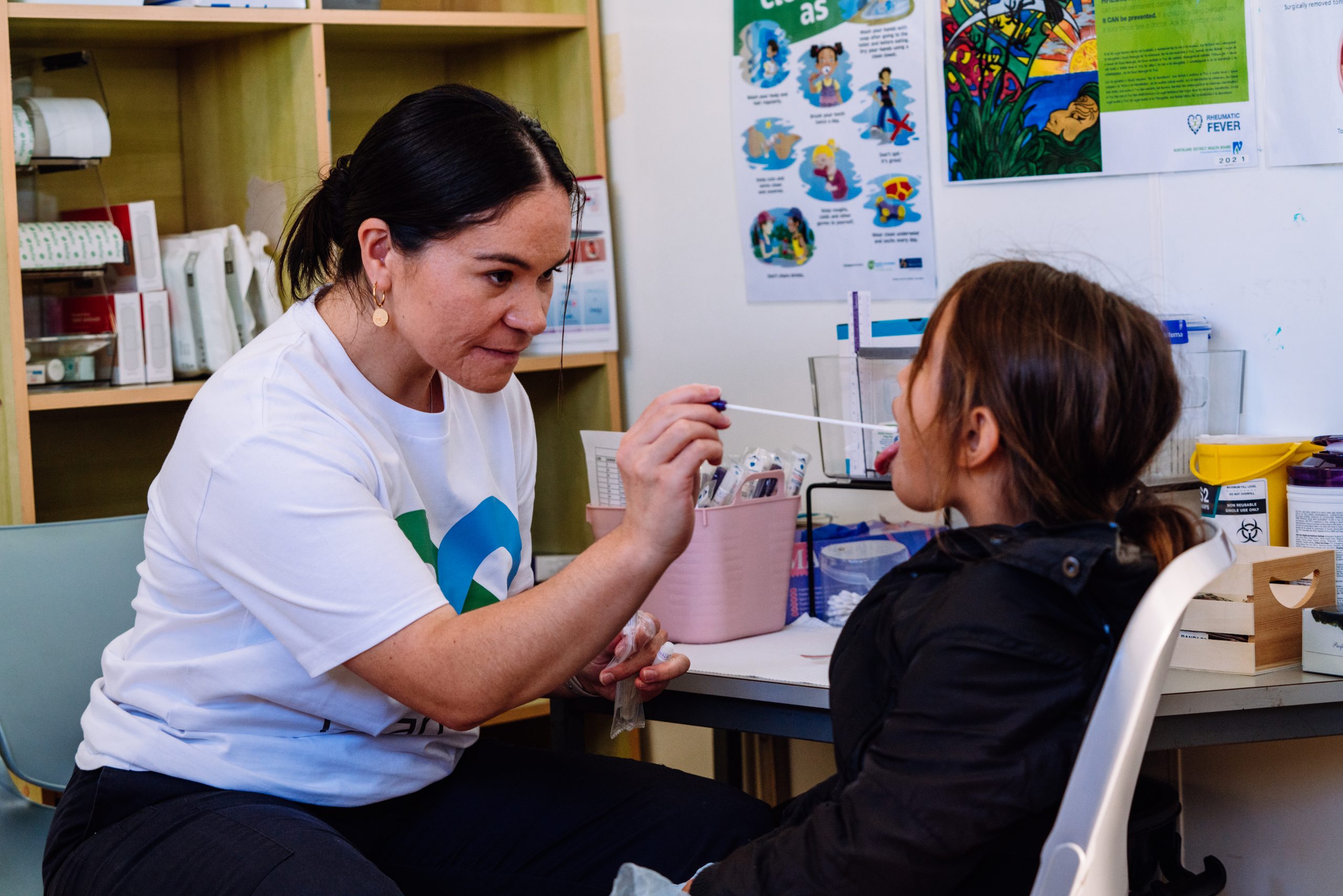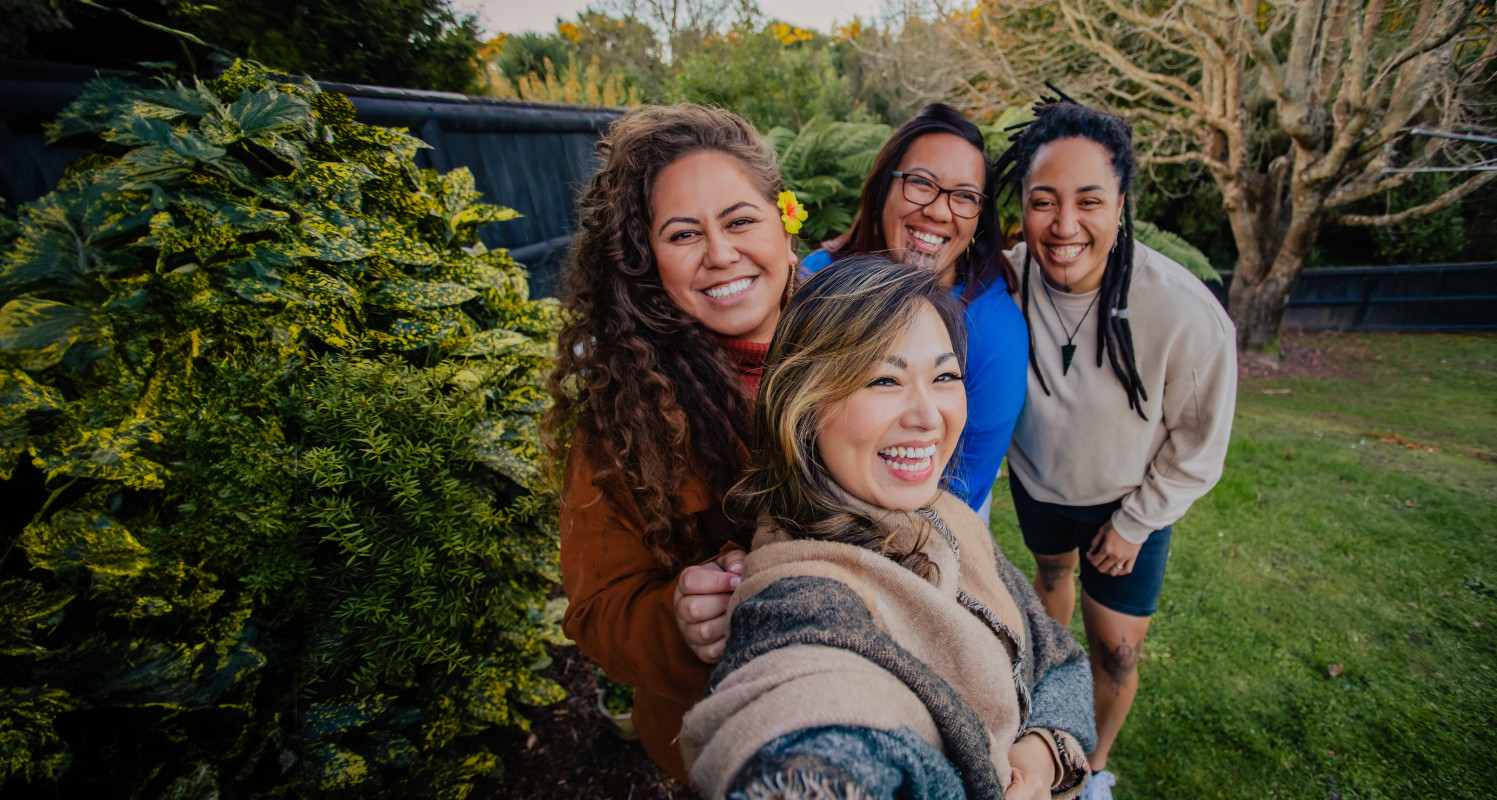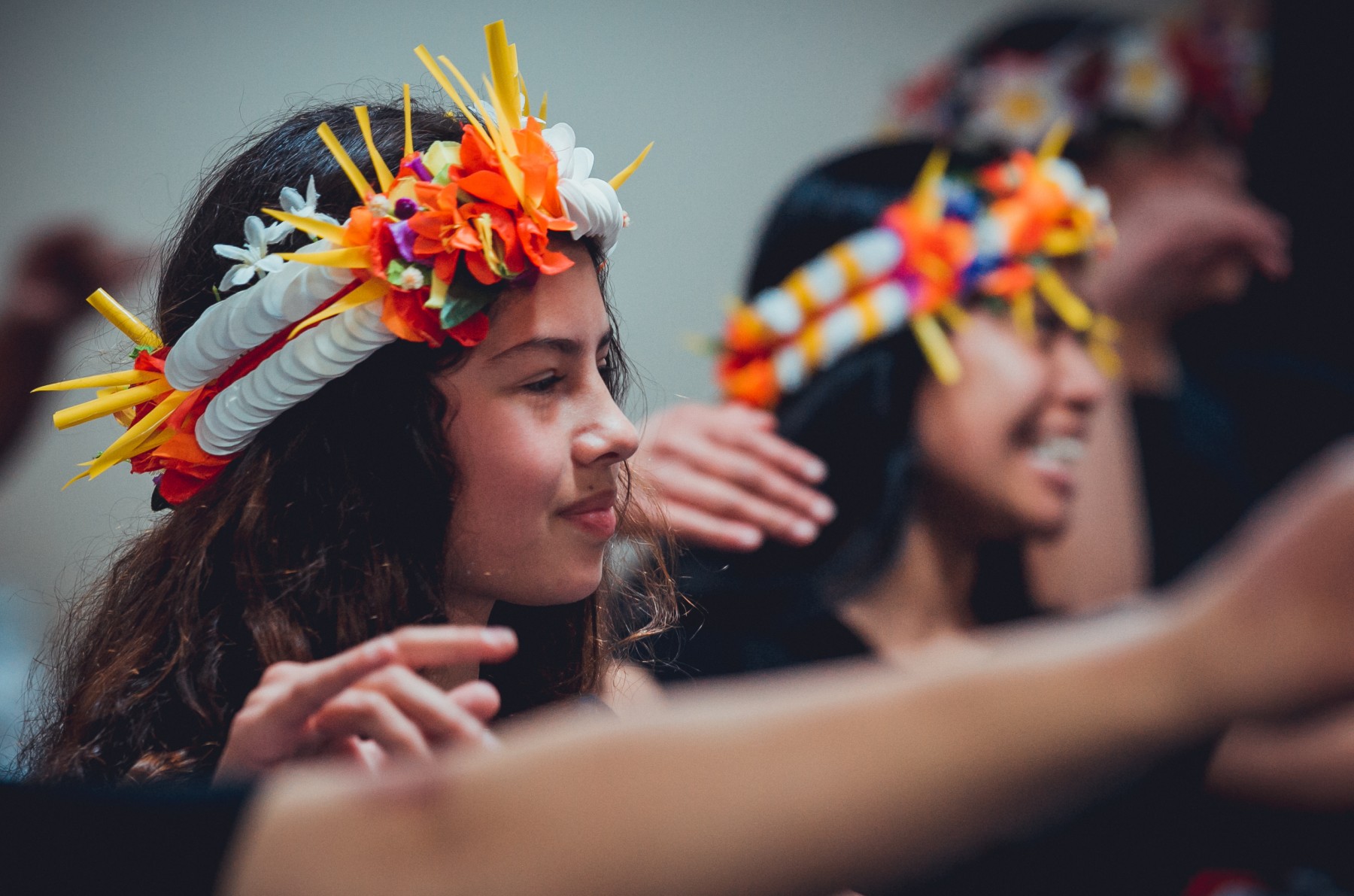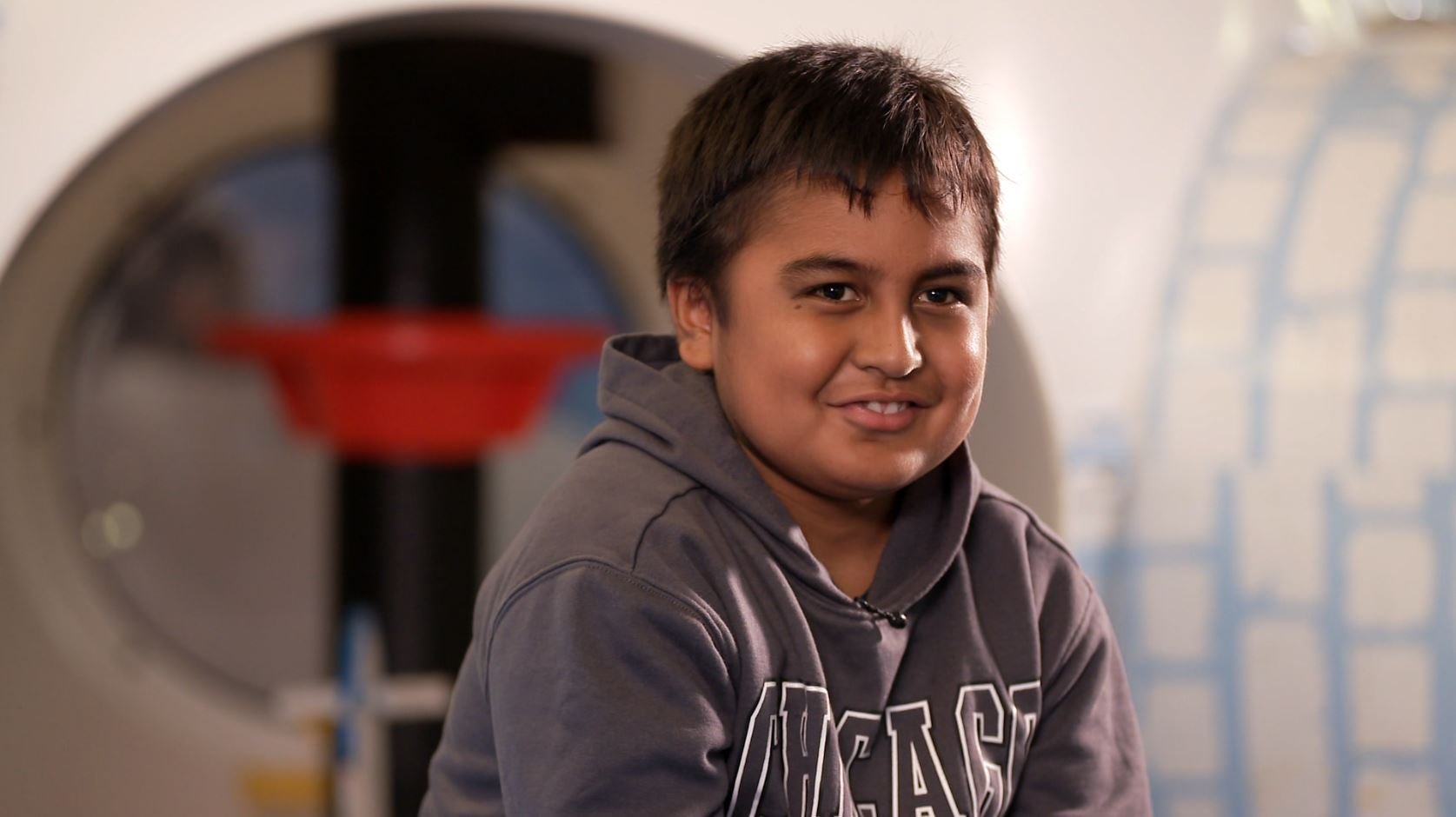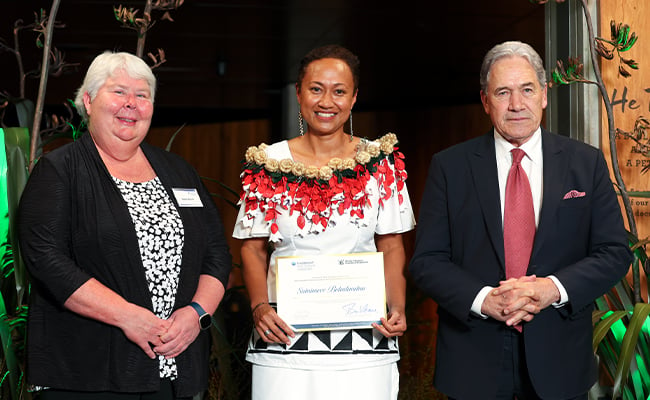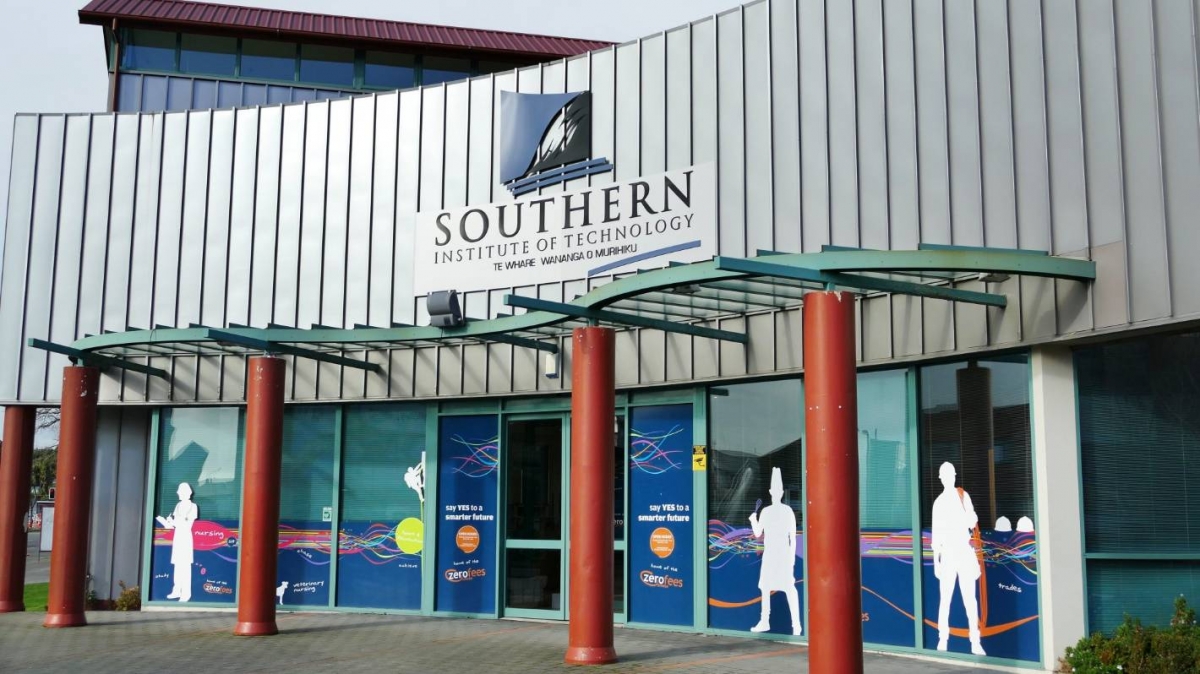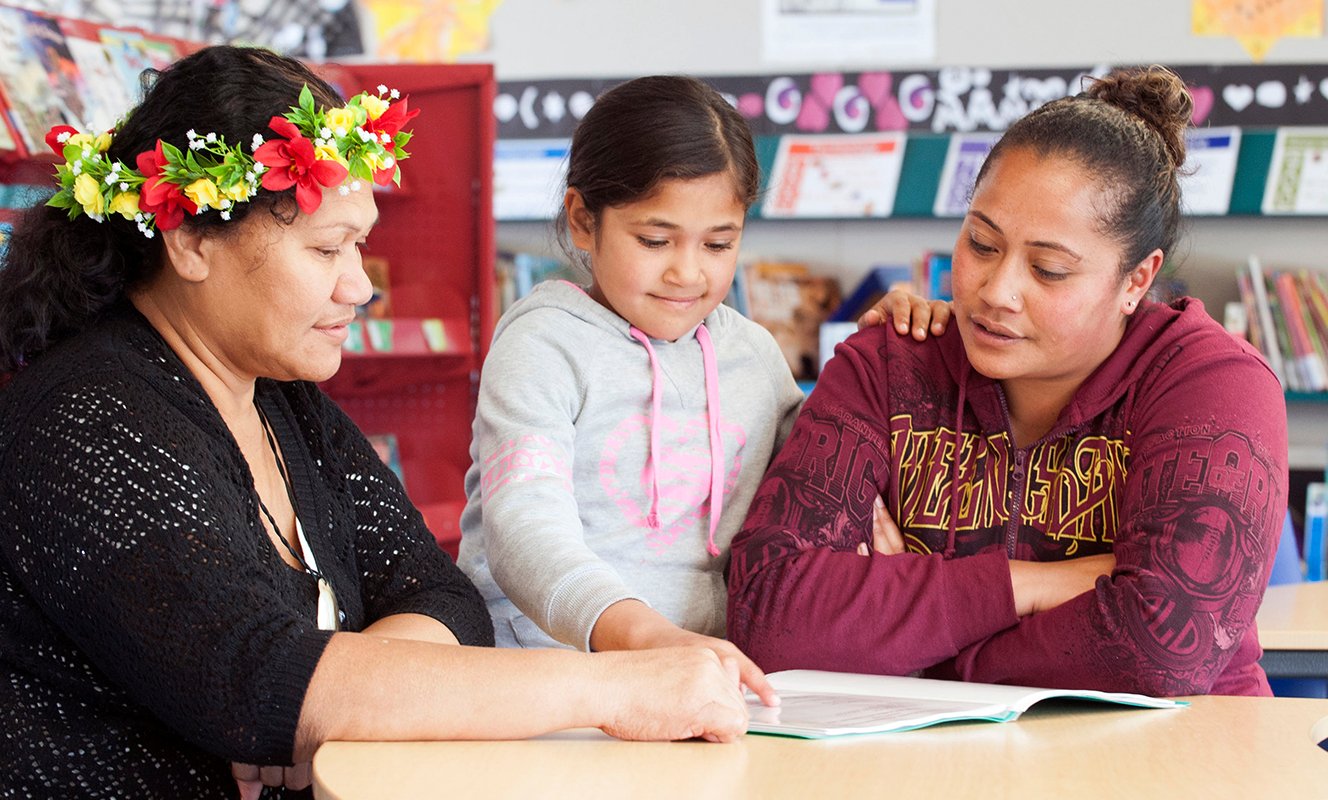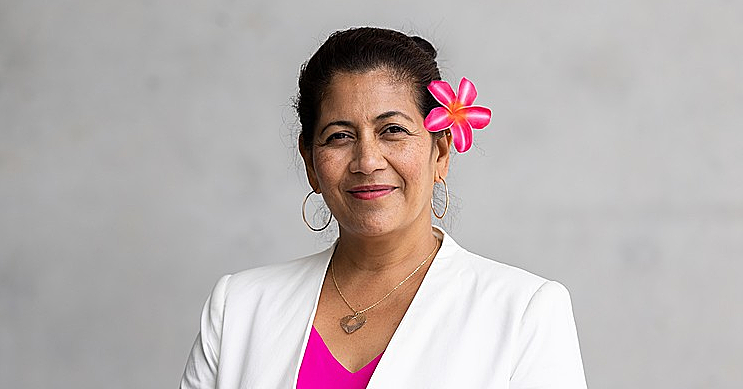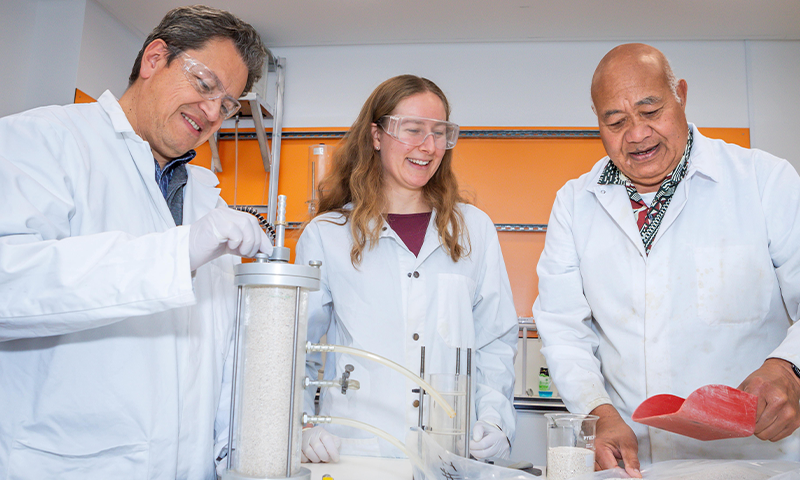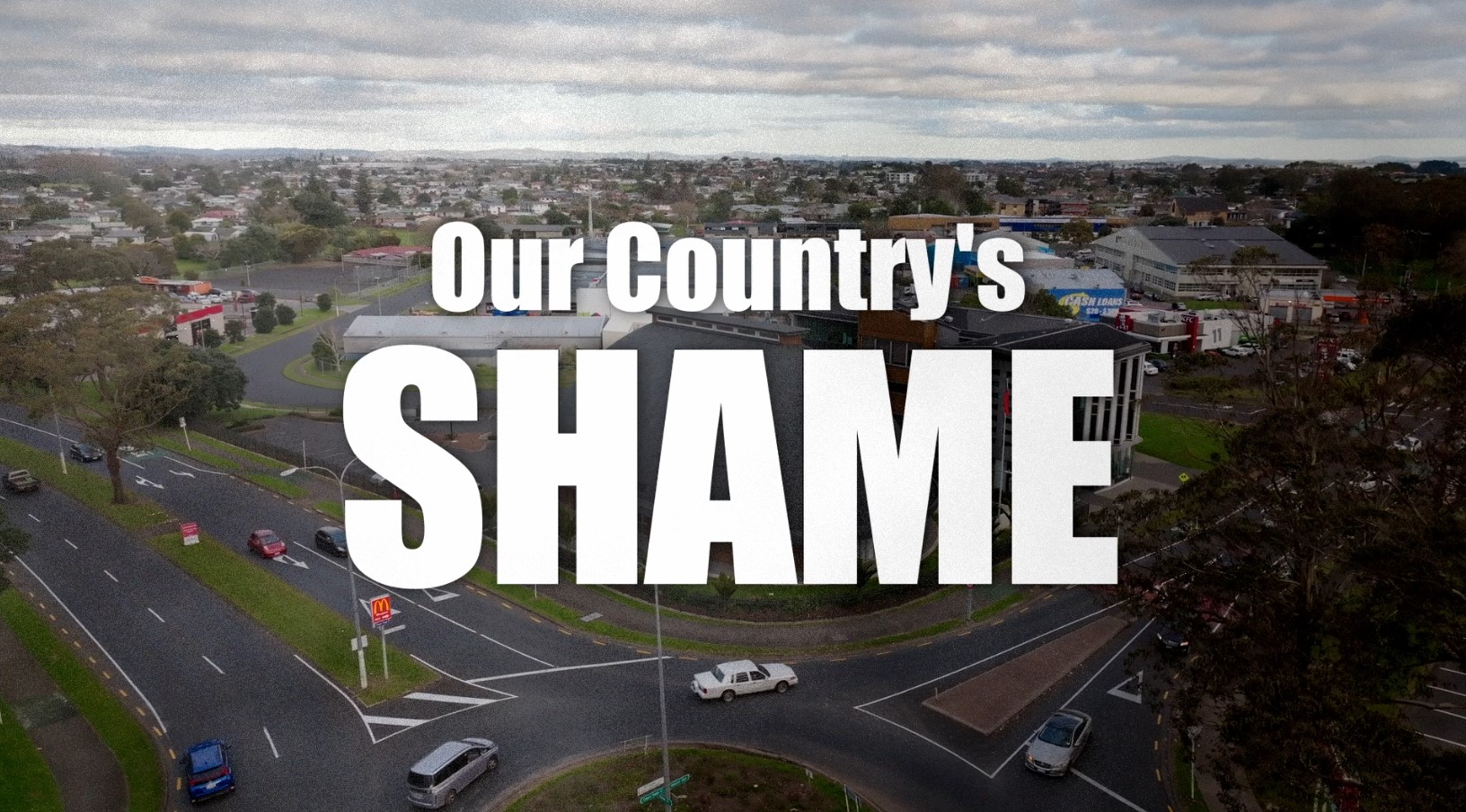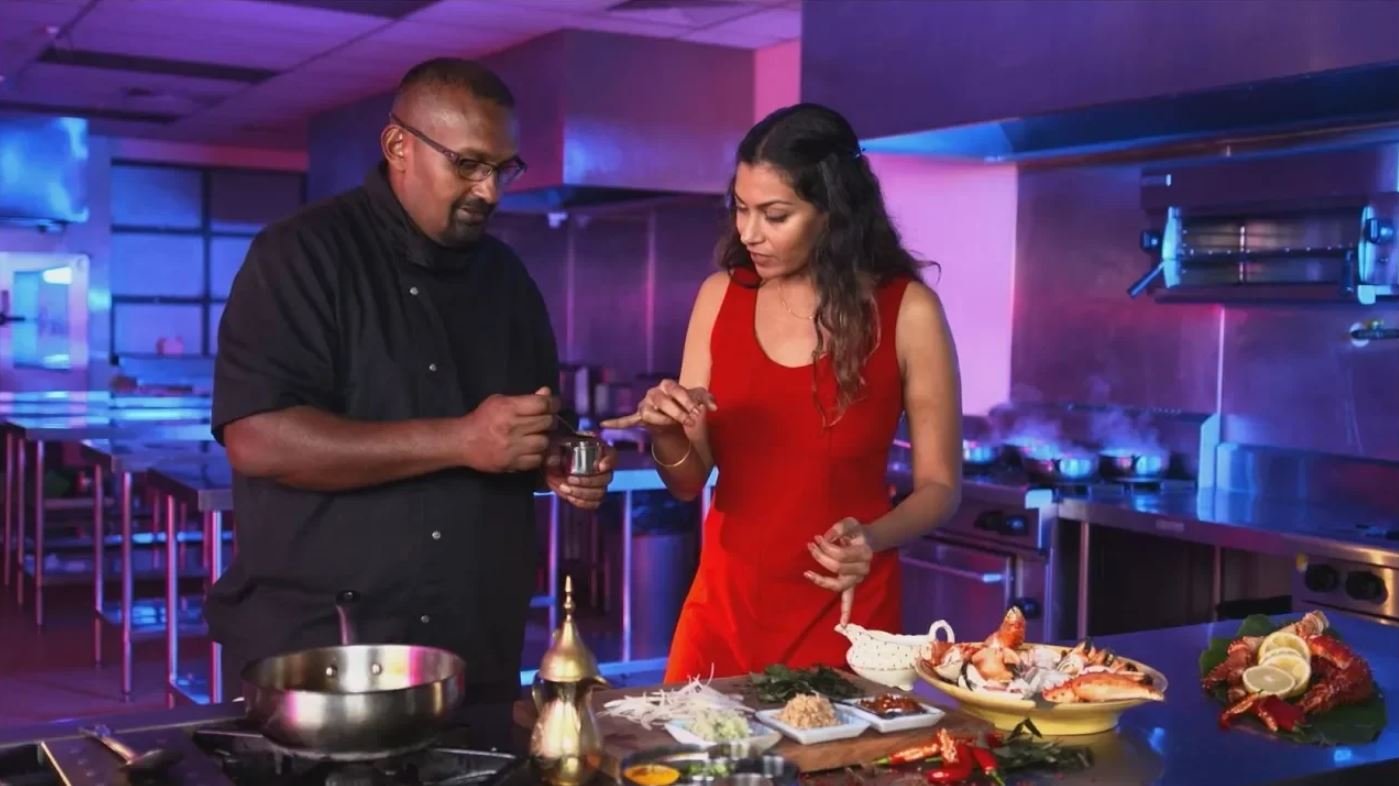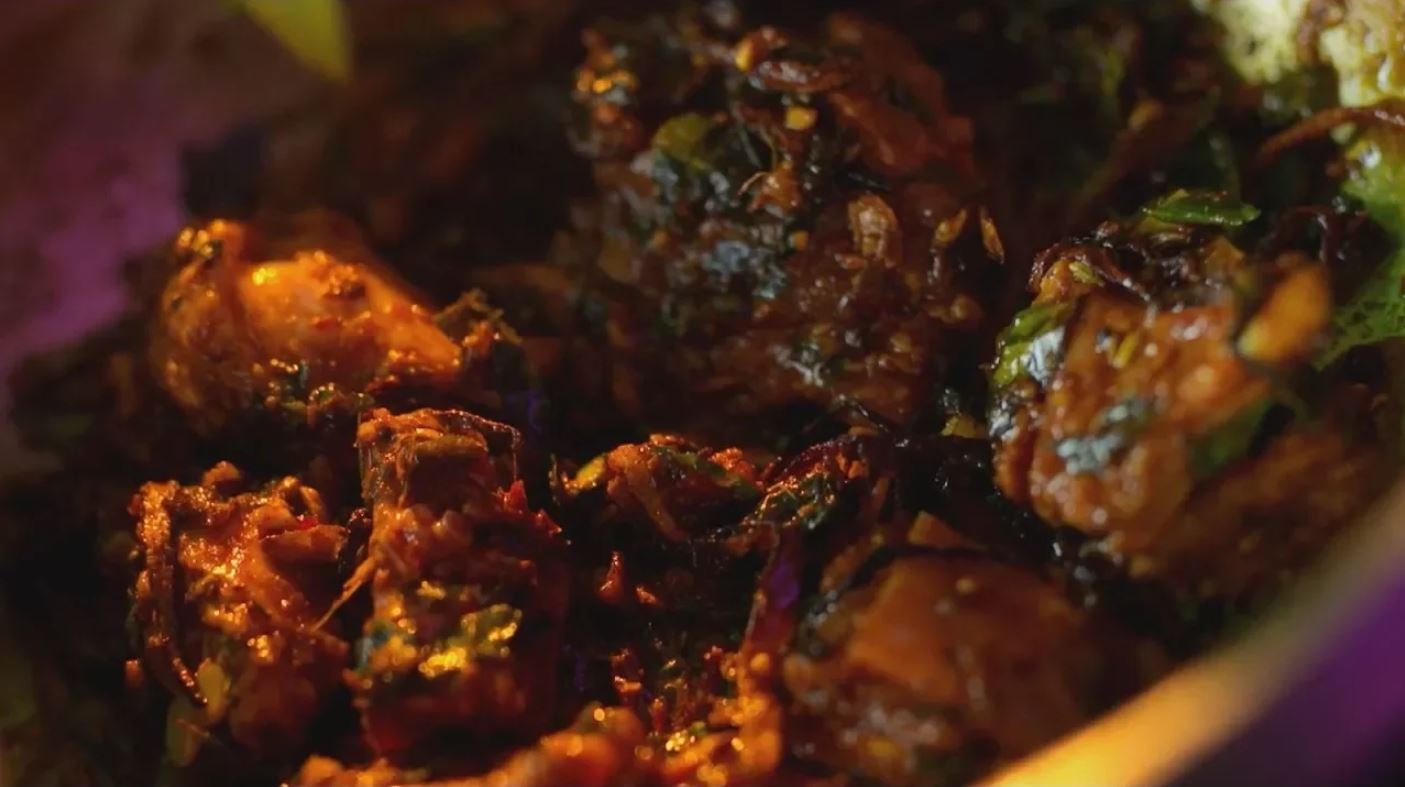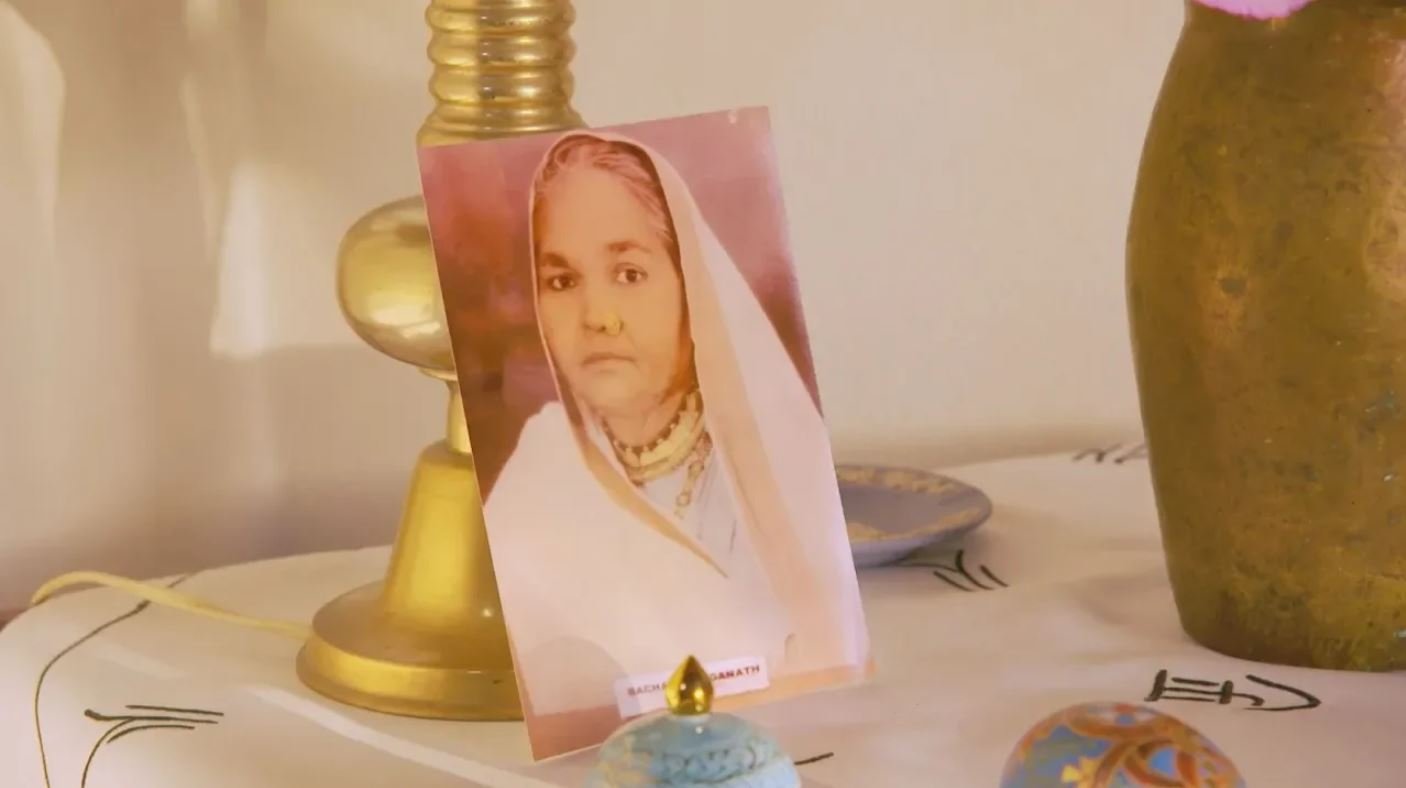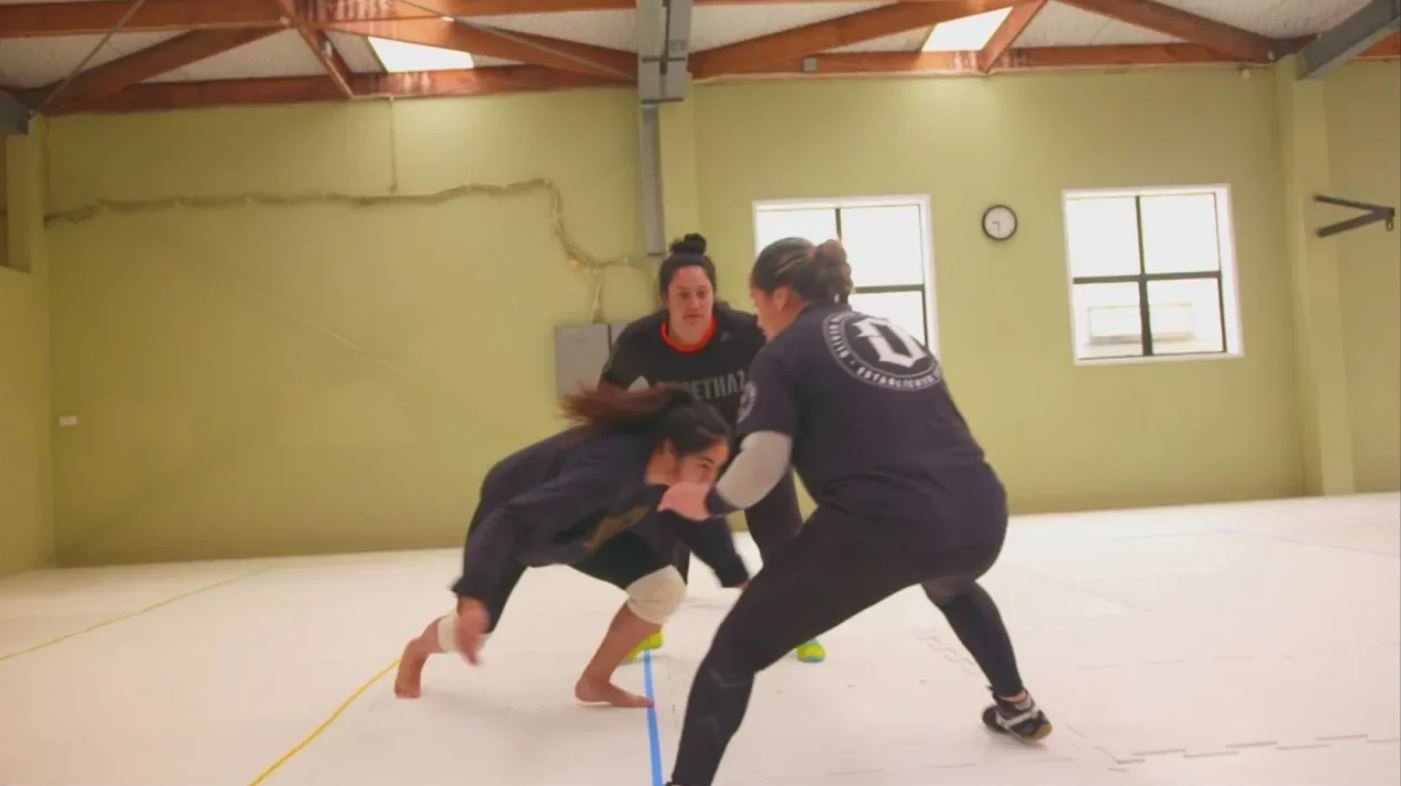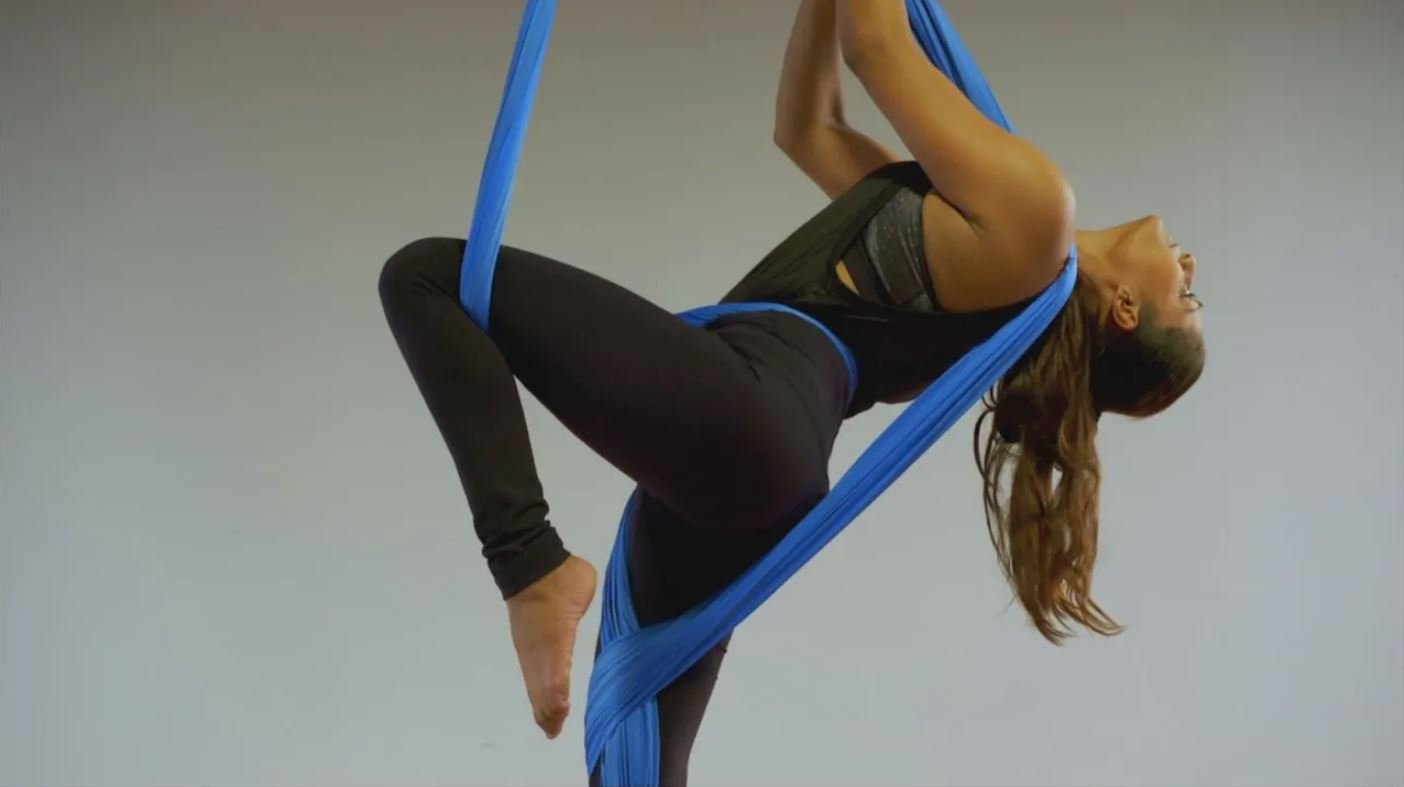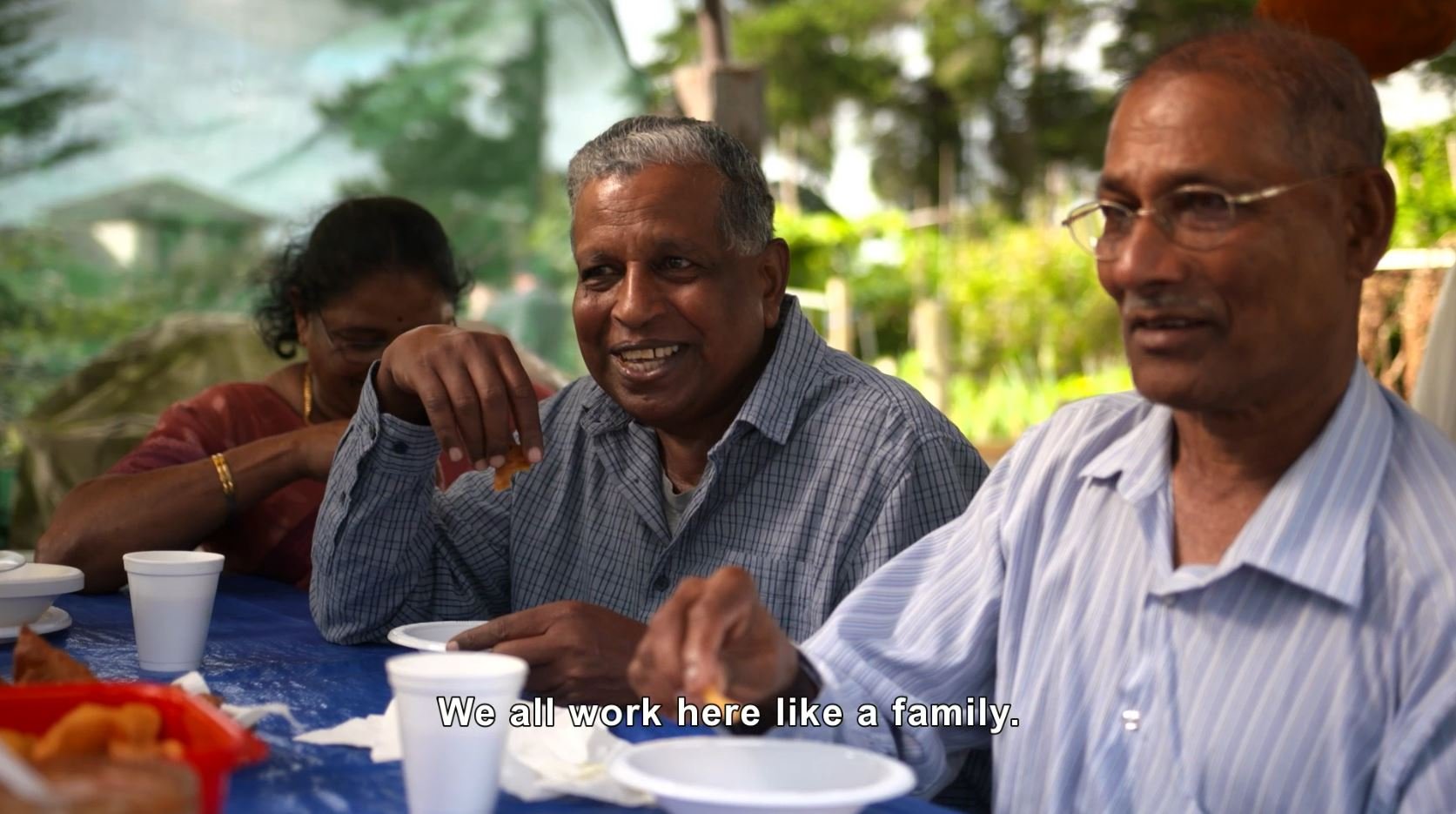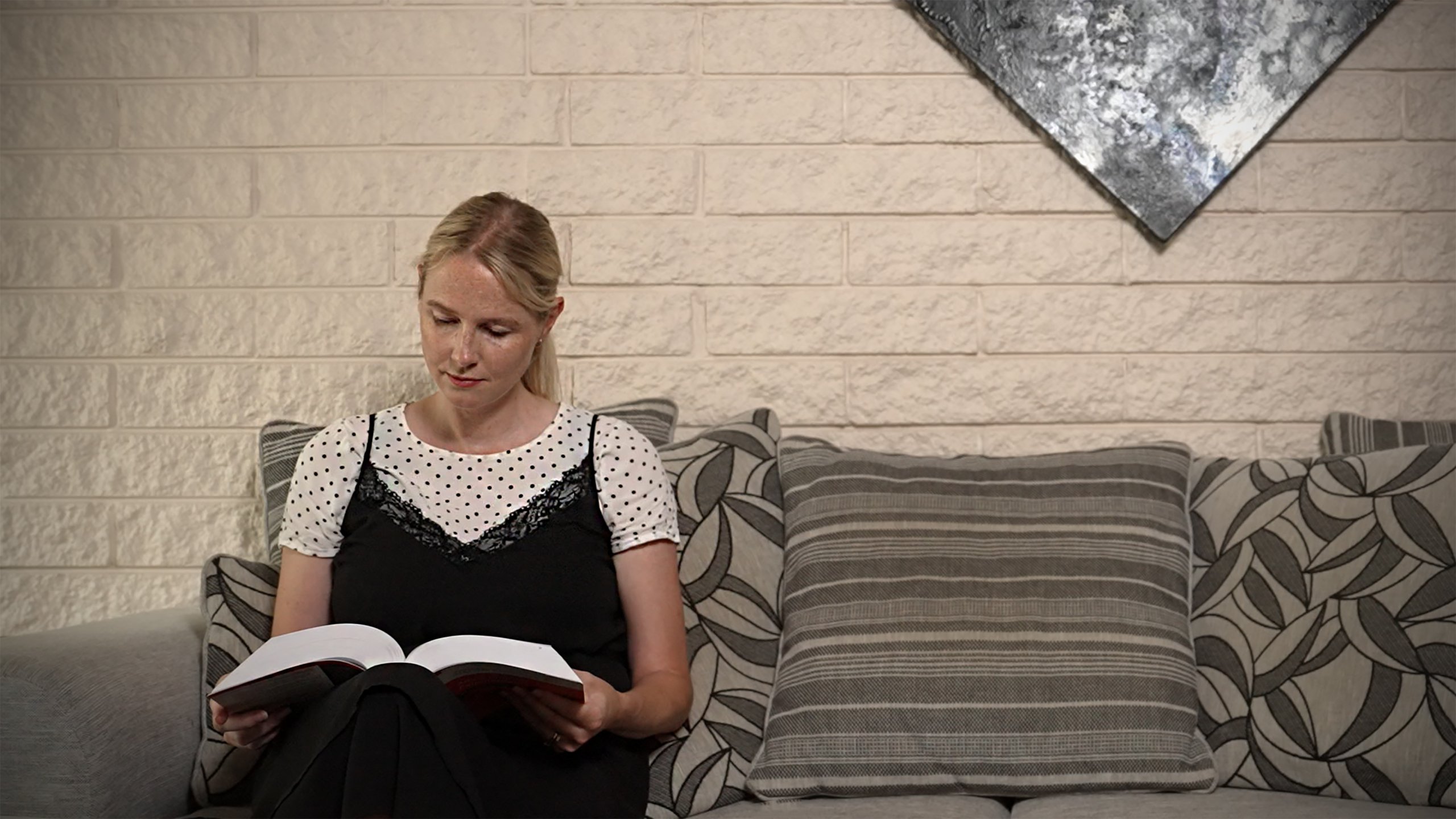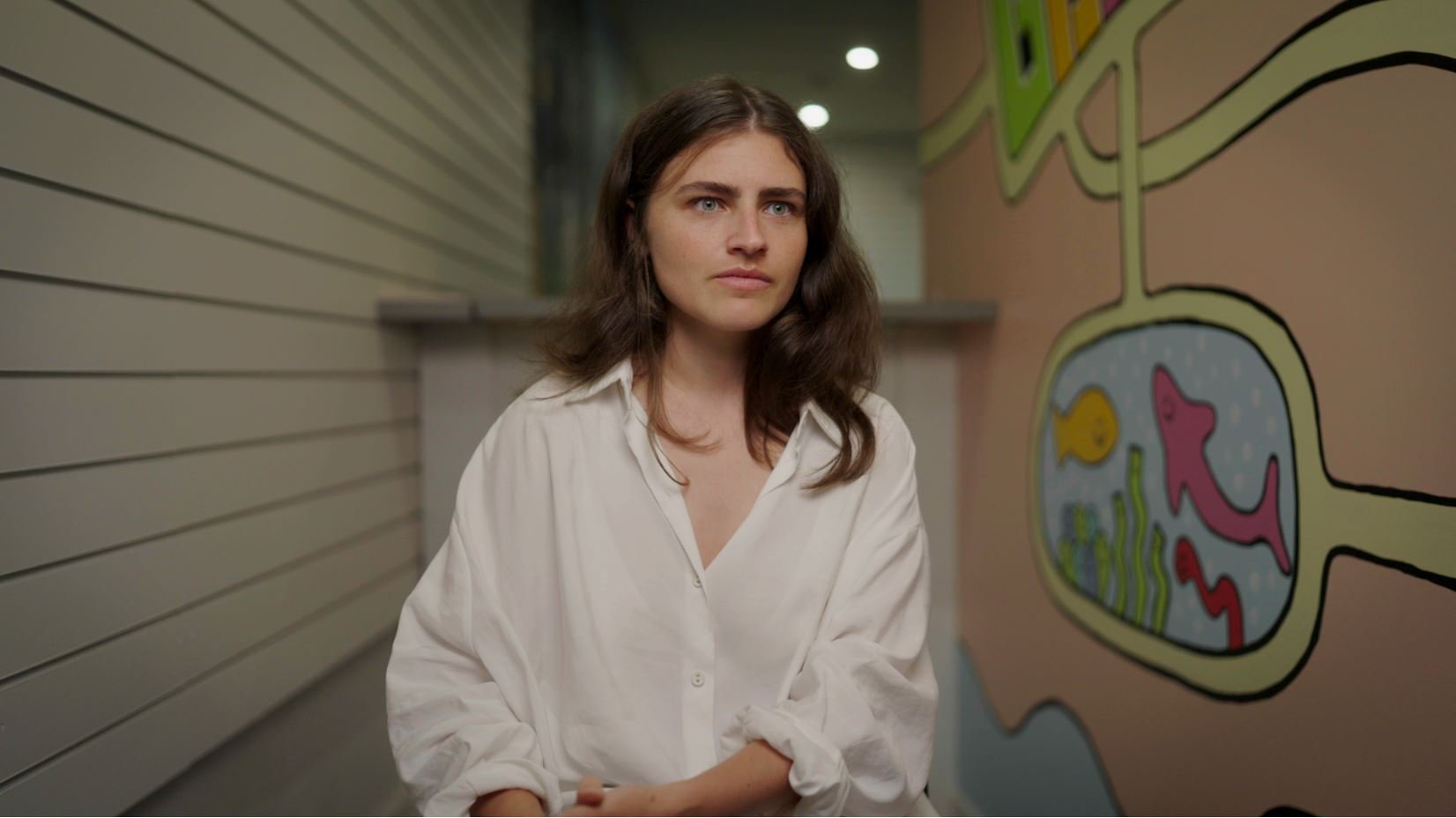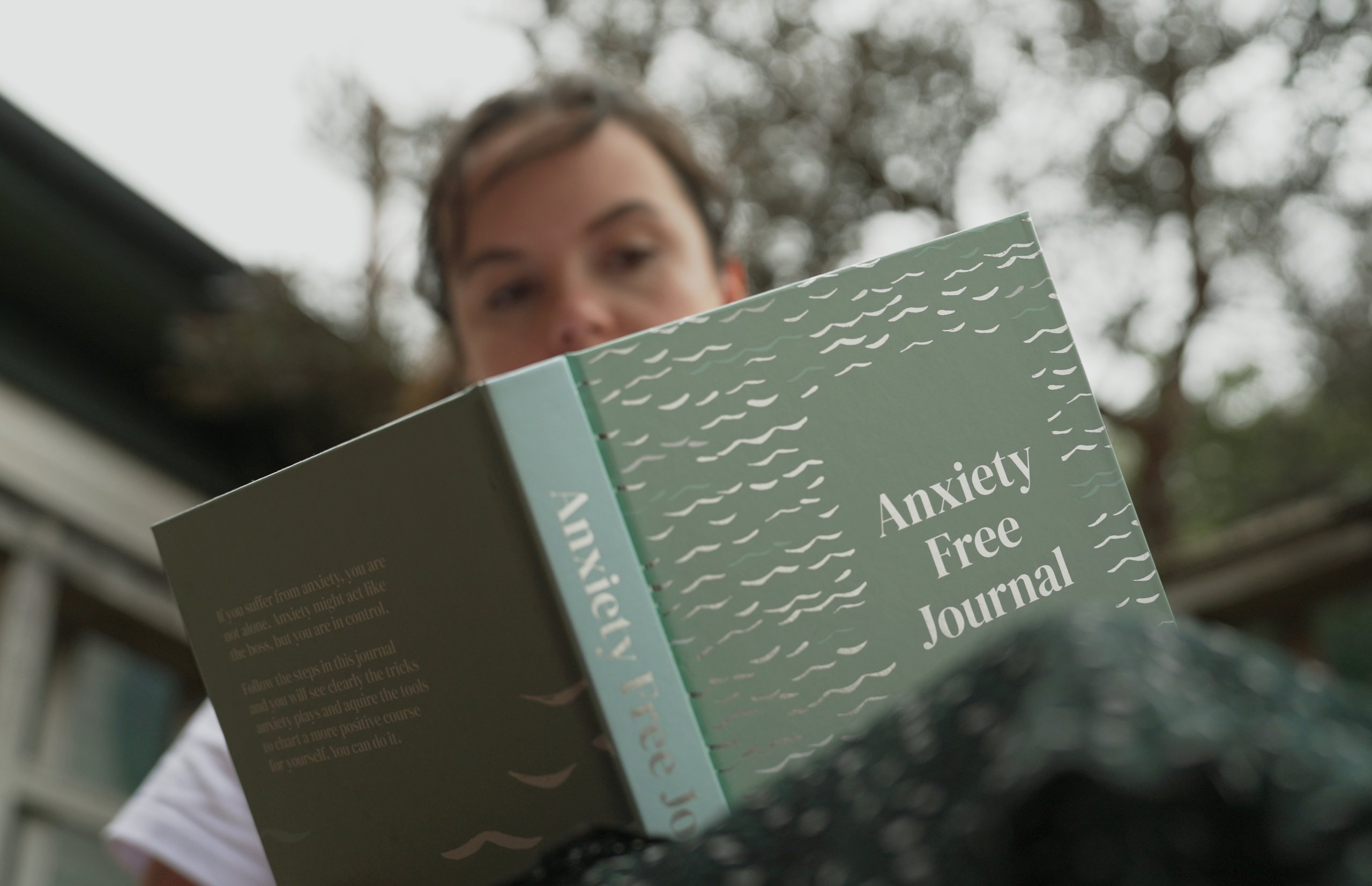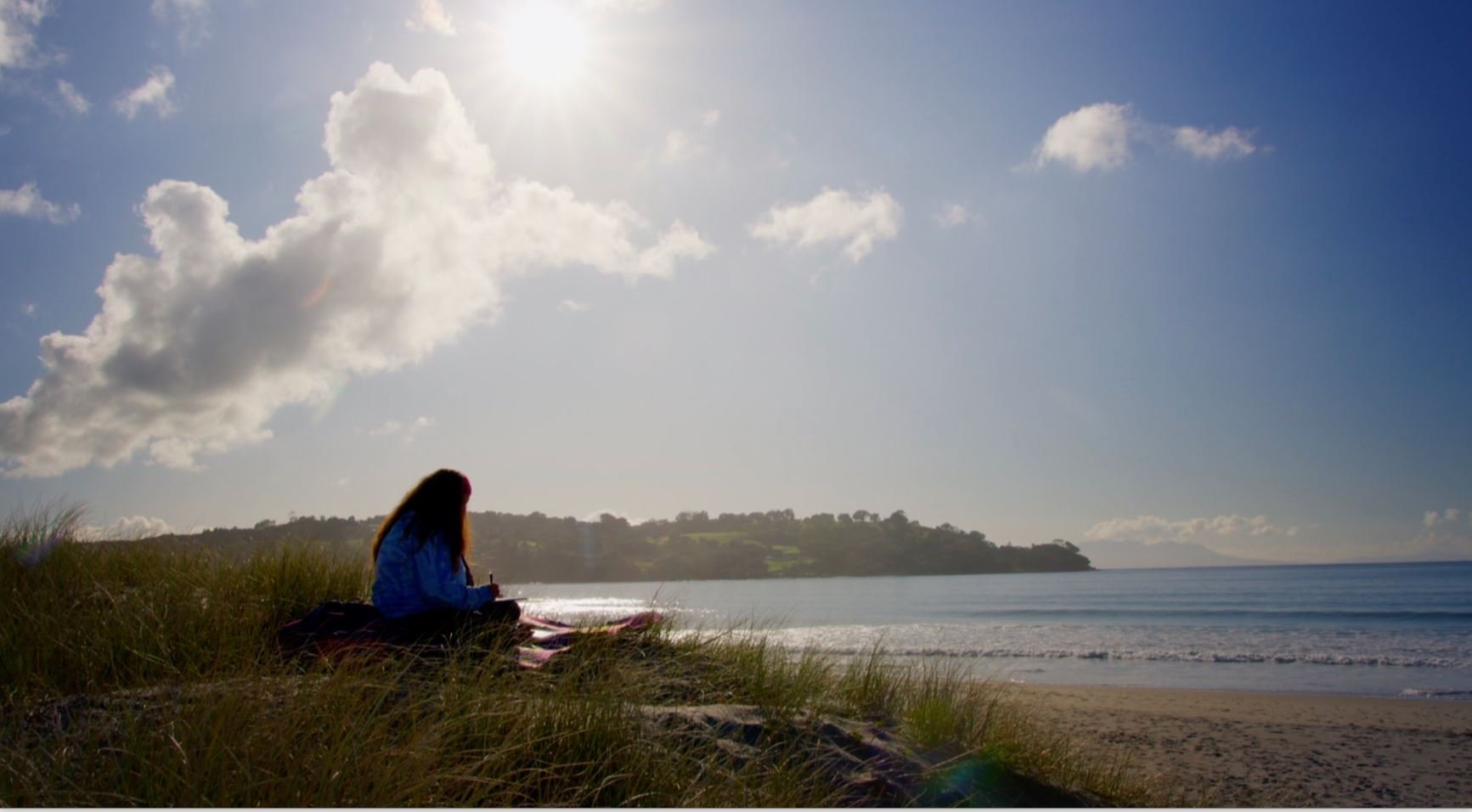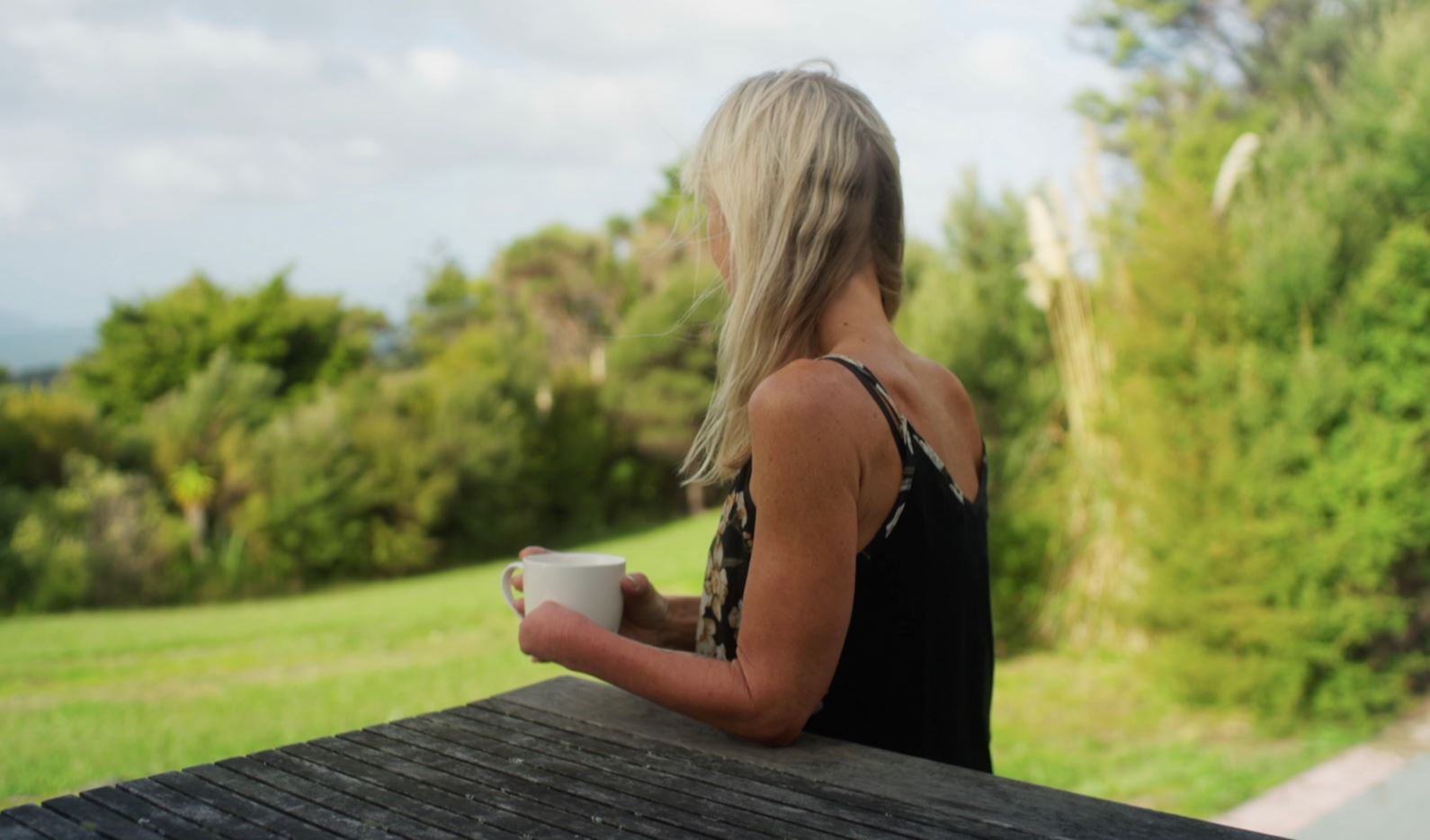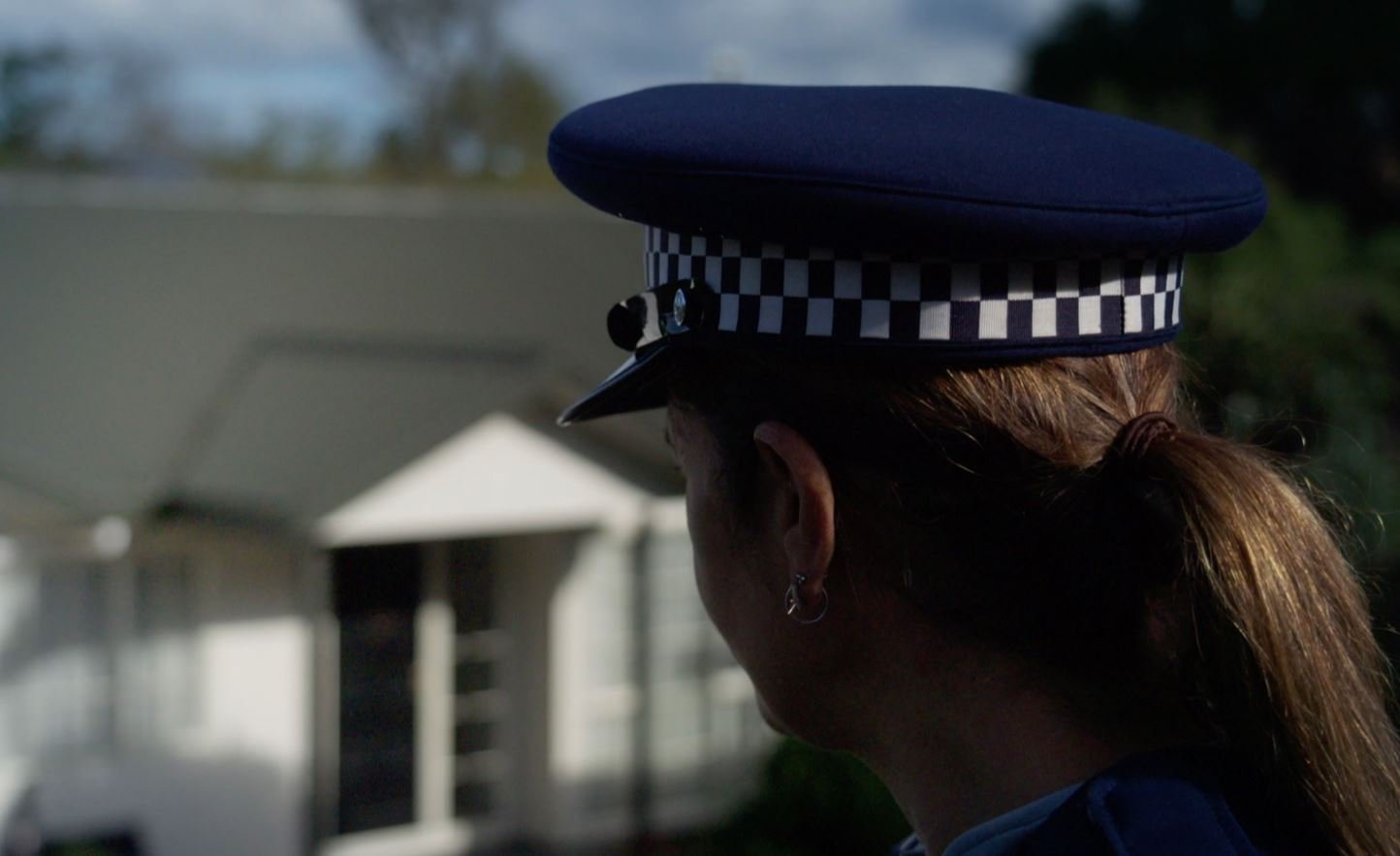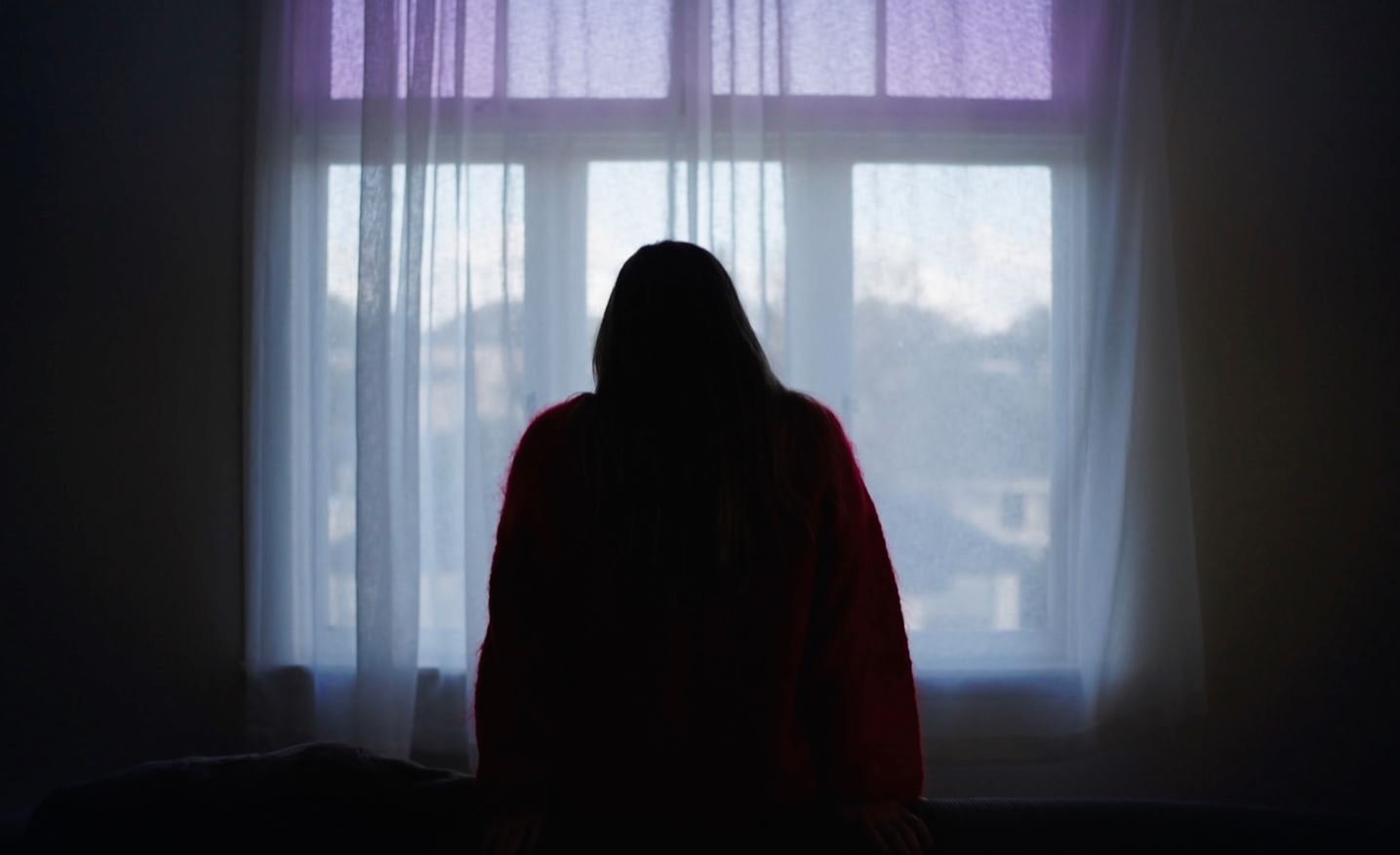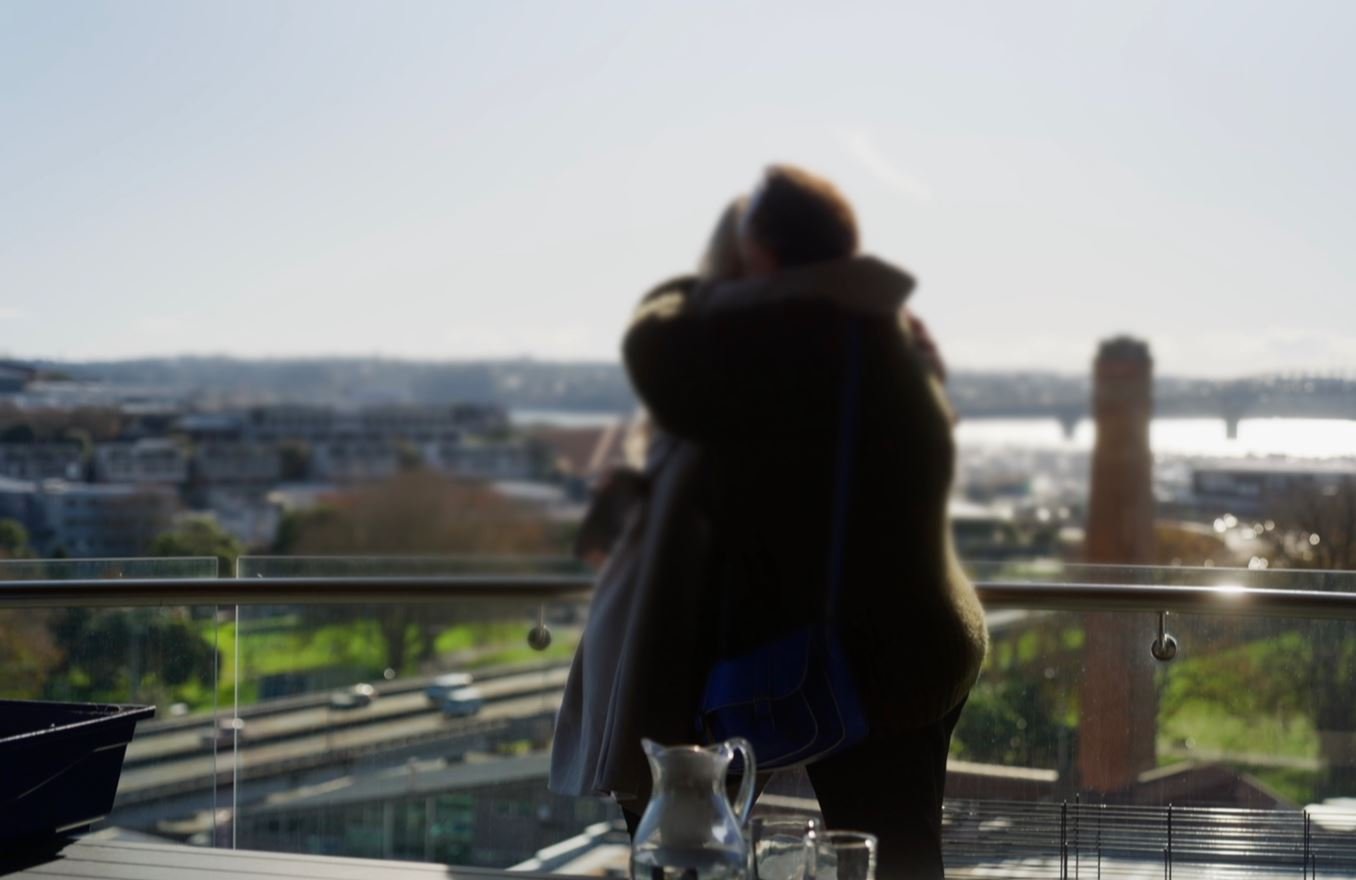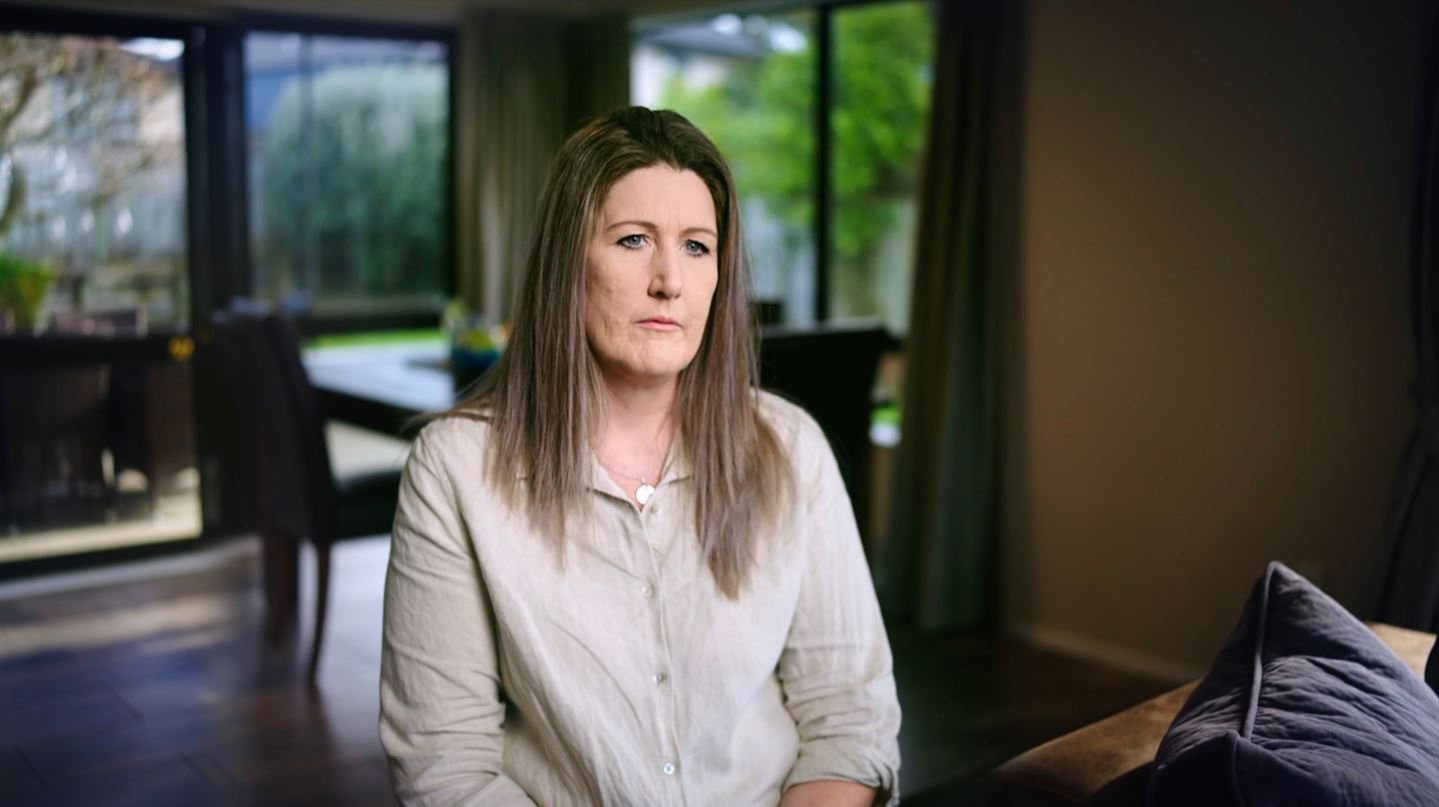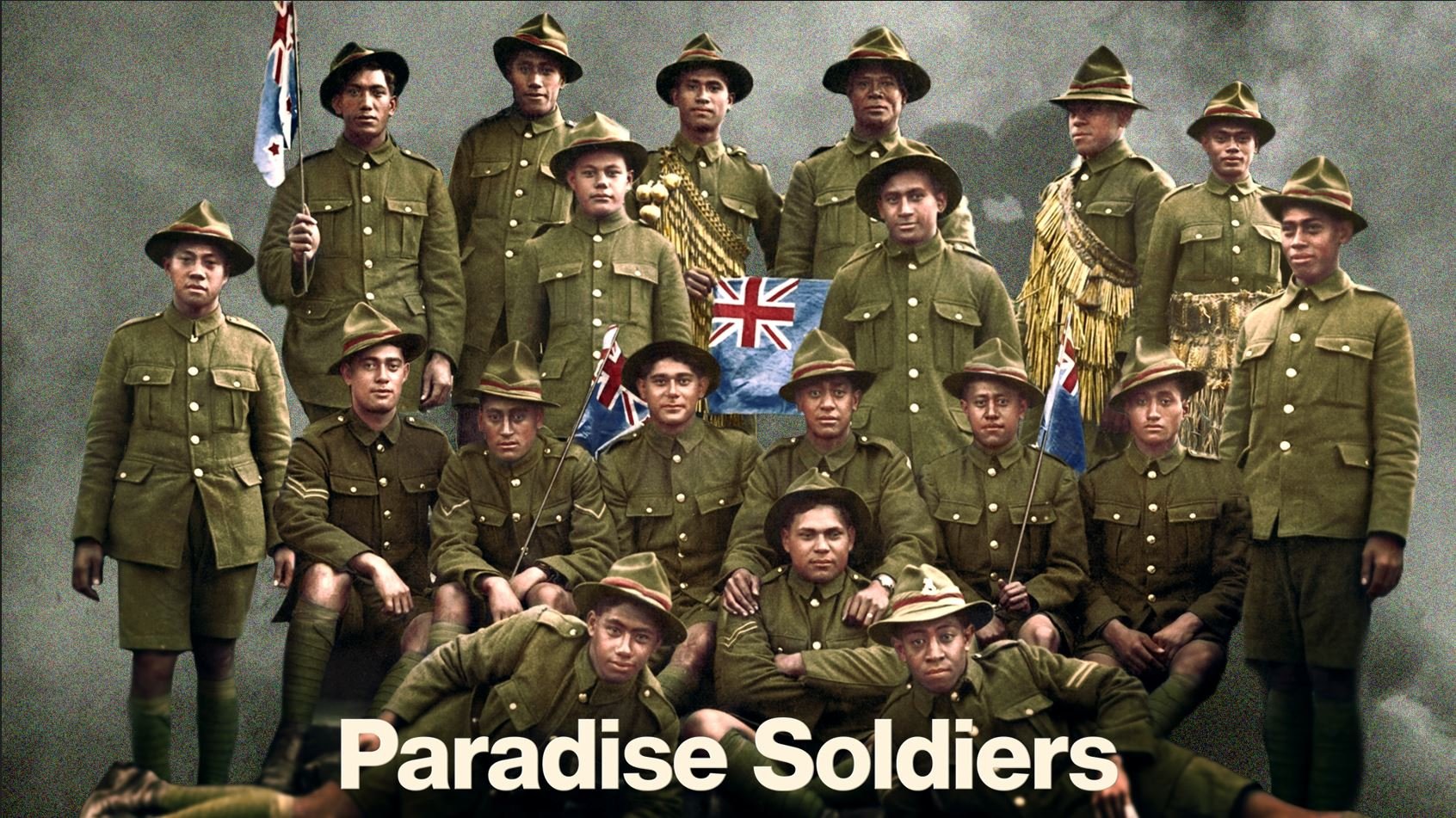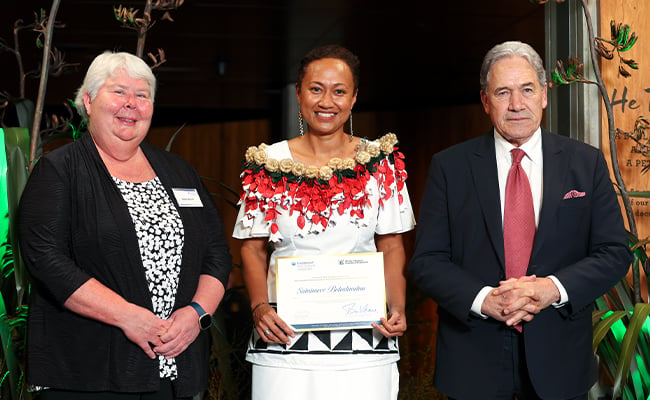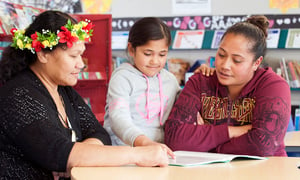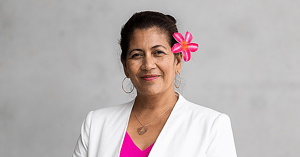Public Interest Journalism funded through NZ On Air
New research from Tātai Aho Rau Core Education highlights that Pacific childrens unique identities, languages, and cultures help support their transition from early learning services to school environments.
The project highlighted the barriers traditionally contributing to underachievement and low engagement among Pacific learners.
“Improving the transition to school for our Pacific tamaiti was a key goal for this community-led research project,” says Dr Hana O’Regan, Tumu Whakarae of Tātai Aho Rau Core Education.
“Led by teachers and parents, and supported by Tātai Aho Rau researchers, we’ve created resources that are ready for schools and fanau (family) to use both in the classroom and at home.”
The Samoan saying ‘soso’o le fau ma le fau’ – to ‘connect the fibre with another fibre’ – guided the project, where the transition from early childhood education to school connects the fibres from one environment to the other, affirming a child’s unique identities, languages, and cultures.
Soso’o le fau ma le fau forms part of the two-year Early Years research project in partnership with South Island funder Rātā Foundation.
The Early Years research project focuses on giving children the best possible start by bridging the gap between early childhood education and school. apa Māori (with a focus on whānau).
“All young people should have equitable access to education so that they are set up for future success,” adds Rātā Foundation Chief Executive Leighton Evans.
“Tātai Aho Rau research is important because it focuses on developing and implementing culturally-responsive resources and practices, placing a child’s unique identity at the heart of their transition between learning environments.
This supports tamaiti to reach their full potential at school and empowers āiga and faia’oga (teachers) to play an active and engaged role in their journey, strengthening the communities around them.”
“Our point of difference with this research project has always been to address systemic inequities. First, by acknowledging they exist, and second, by using our findings to inform recommendations we hope will mobilise faia’oga at all levels and in both sectors to effect transformational changes,” says Leighton.
Four early childhood centres (Barnardos Hornby Pasifika Early Learning Centre, Lalaga Preschool, Tafesilafa’i Early Learning Centre, Kidsfirst Kindergarten Hoon Hay) and three primary schools (Te Māhuri Mānuka Hornby Primary School, Waltham School and Te Kōmanawa Rowley School) were involved in the Pacific medium project, with nine faia’oga researcher roles created.
Findings from the project highlighted the importance of early learning centres, schools, and āiga working together to support a child’s transition to school by bridging the gap between traditional teaching methodologies and Pacific culture.
It found that adopting a culturally-responsive approach through Pacific metaphors and models allowed learners to act as teachers and teachers as learners and encouraged the voices of those who are often silent to be heard. This approach positively impacted āīga engagement and their willingness to participate in group transition to school visits, which in turn influenced other aīga around them.
“For tamaiti to thrive in education, it’s important they can see themselves authentically reflected in their learning environment,” says one of the project’s lead researchers, Ruta McKenzie.
“To effect systems-level change, we must continue to drive awareness of the free resources that exist to up-skill and build capability in our schools to benefit our young Pacific learners and their āiga,” says Ruta.
New entrant parent Fiaola Ah Kuoi participated in the Transition to School Research Project for Pasifika Tamaiti with her non-speaking five-year-old autistic son David. She says it was a learning experience for her family and the primary school where they enrolled David.
“It made a considerable difference enrolling David at a school which openly embraces and celebrates not only David’s cultural identity as a Pasifika child but also his neurodiversity. Our chosen school needed to acknowledge and accept those two aspects, as you cannot separate them from who David is as a person,” says Fiaola.
David’s faia’oga and his āiga have a great relationship and are proactive in ensuring his cultural, neurodiversity, and spiritual needs are met.
“We recently celebrated Samoan Language Week, which consisted of students wearing traditional Samoan attire instead of school uniform, Samoan language lessons, cultural performances and ending the week sharing a traditional Samoan feast. There is also a Pasifika families group in the school community which meets monthly, that we are part of, so the school has embraced our culture and continues to support our Pasifika tamaiti to nurture their culture in the school environment,” says Fiaola.

